

Aberfal is a custom typeface designed to mark our 15th anniversary and to celebrate the place we’ve called home for so long—Aberfal is the name given to Falmouth in Cornish.
Custom Type Design
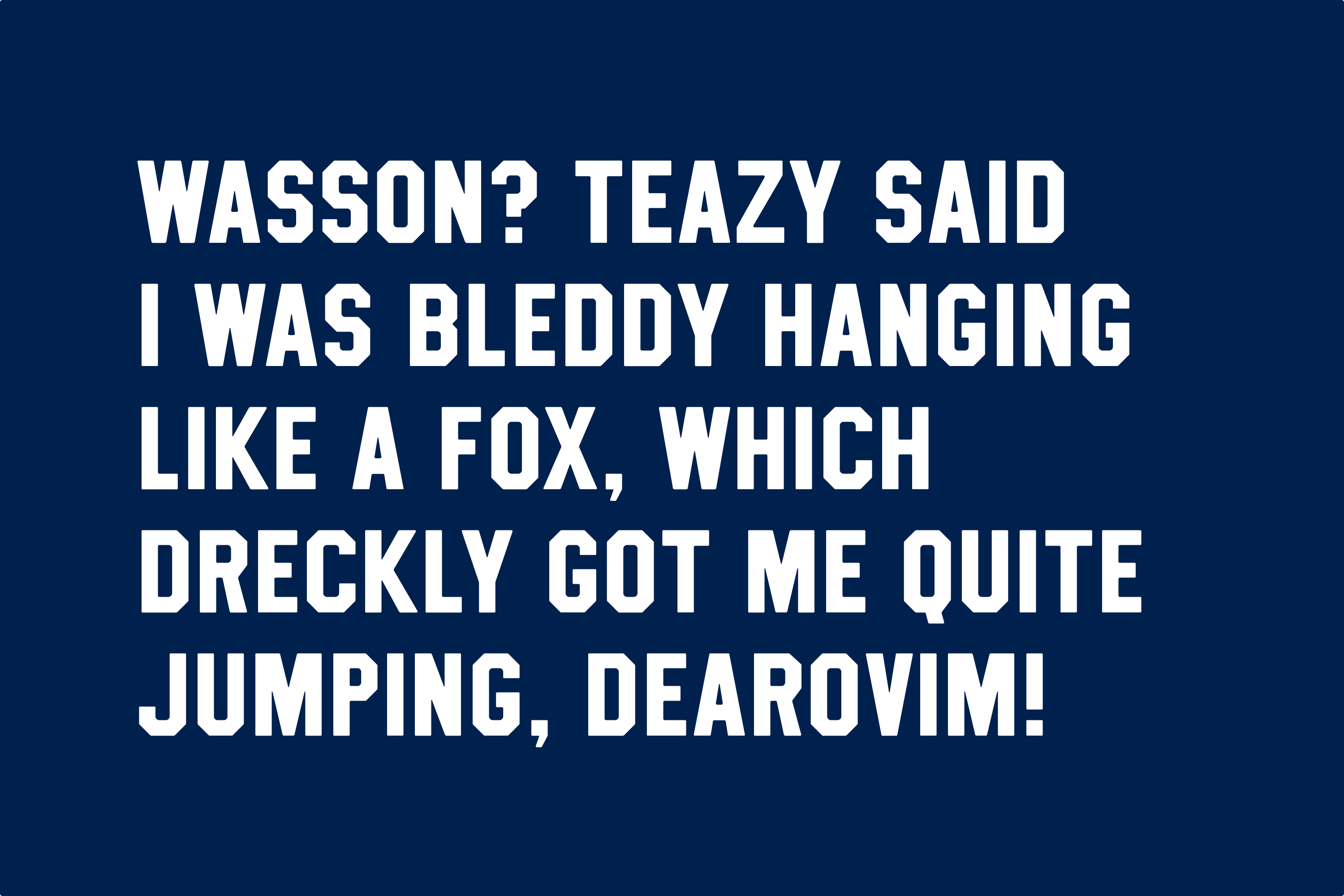
Words by Nick Raven
To celebrate 15 years of Two, we designed Aberfal, a typeface that draws on vernacular sources synonymous with Falmouth.
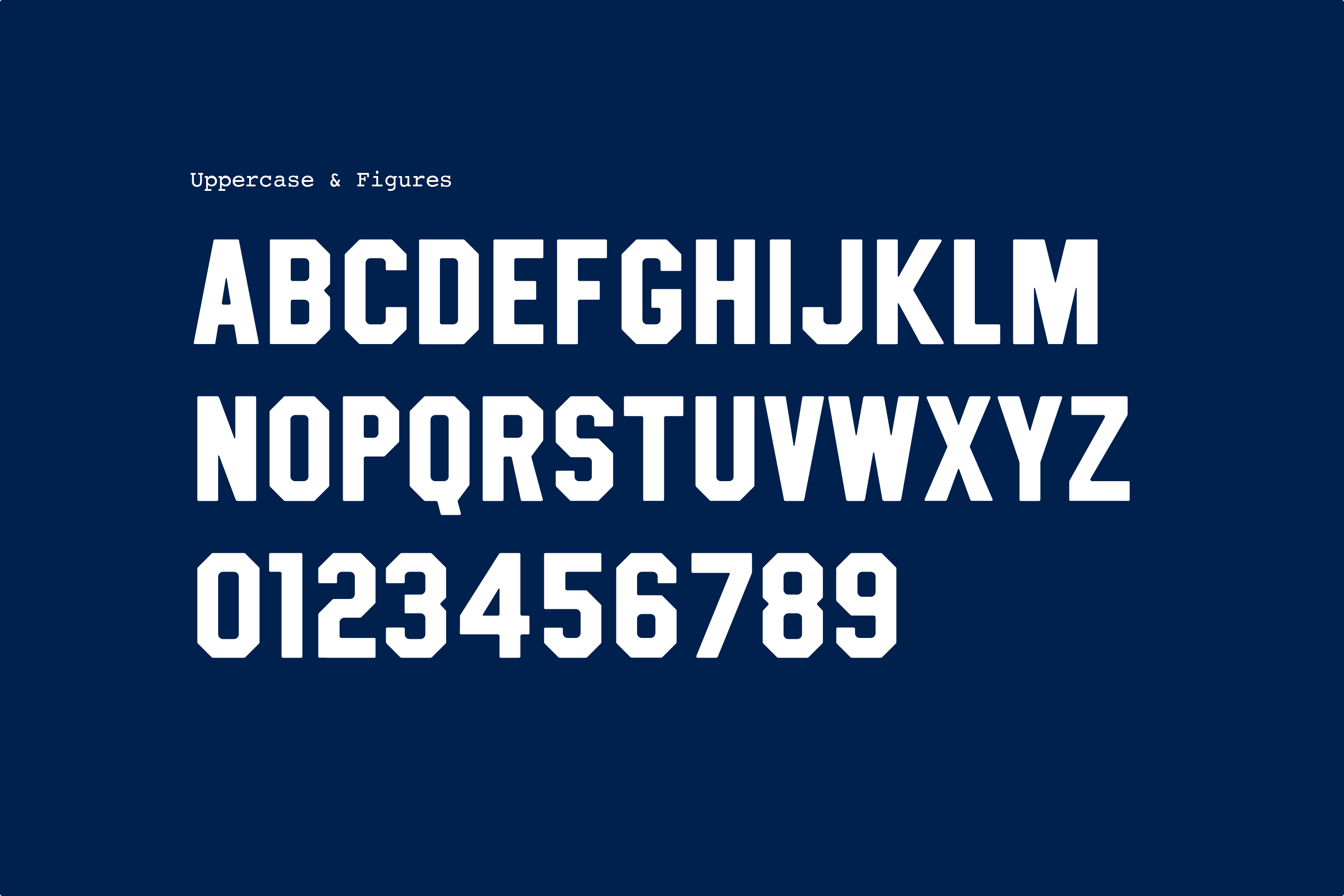
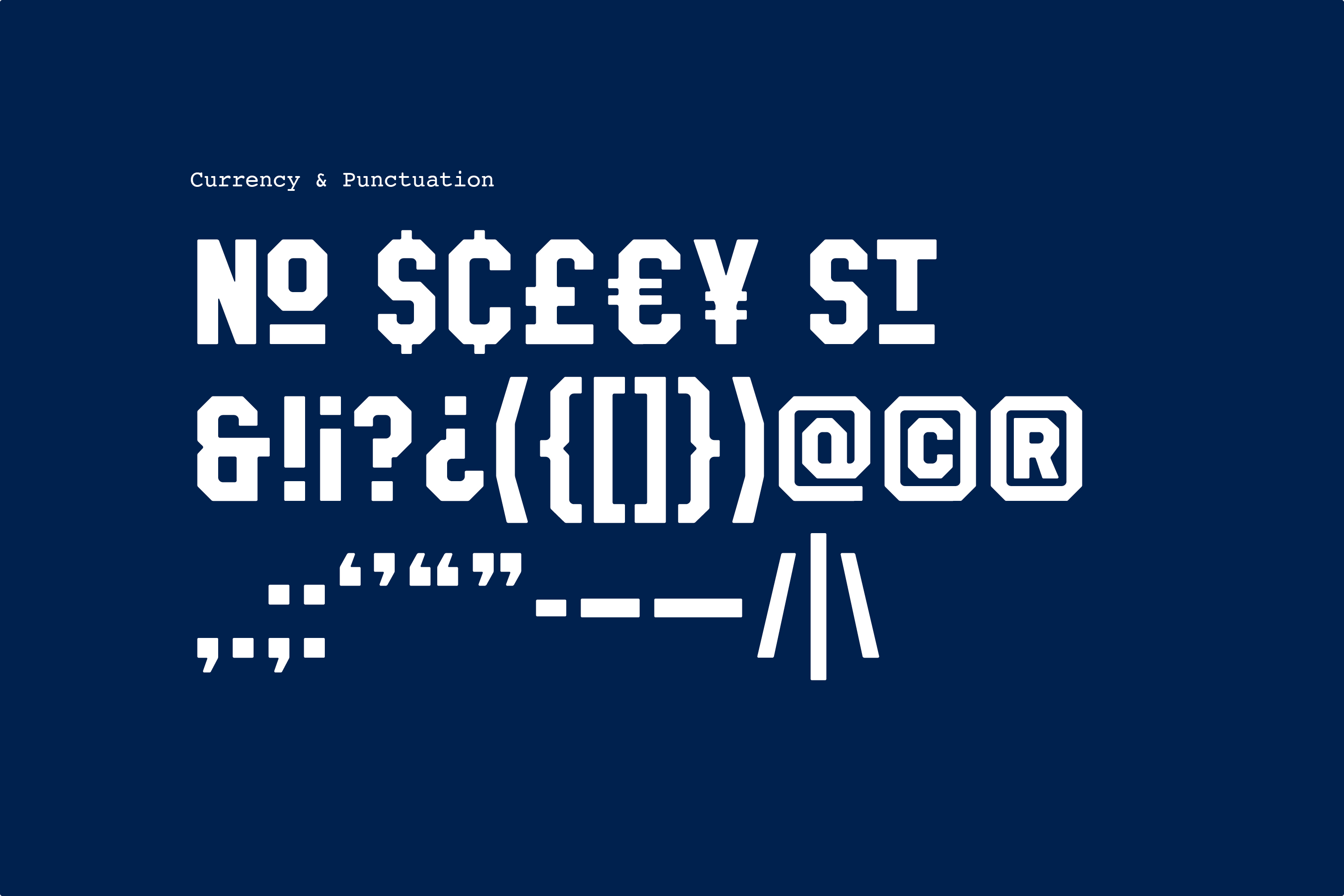
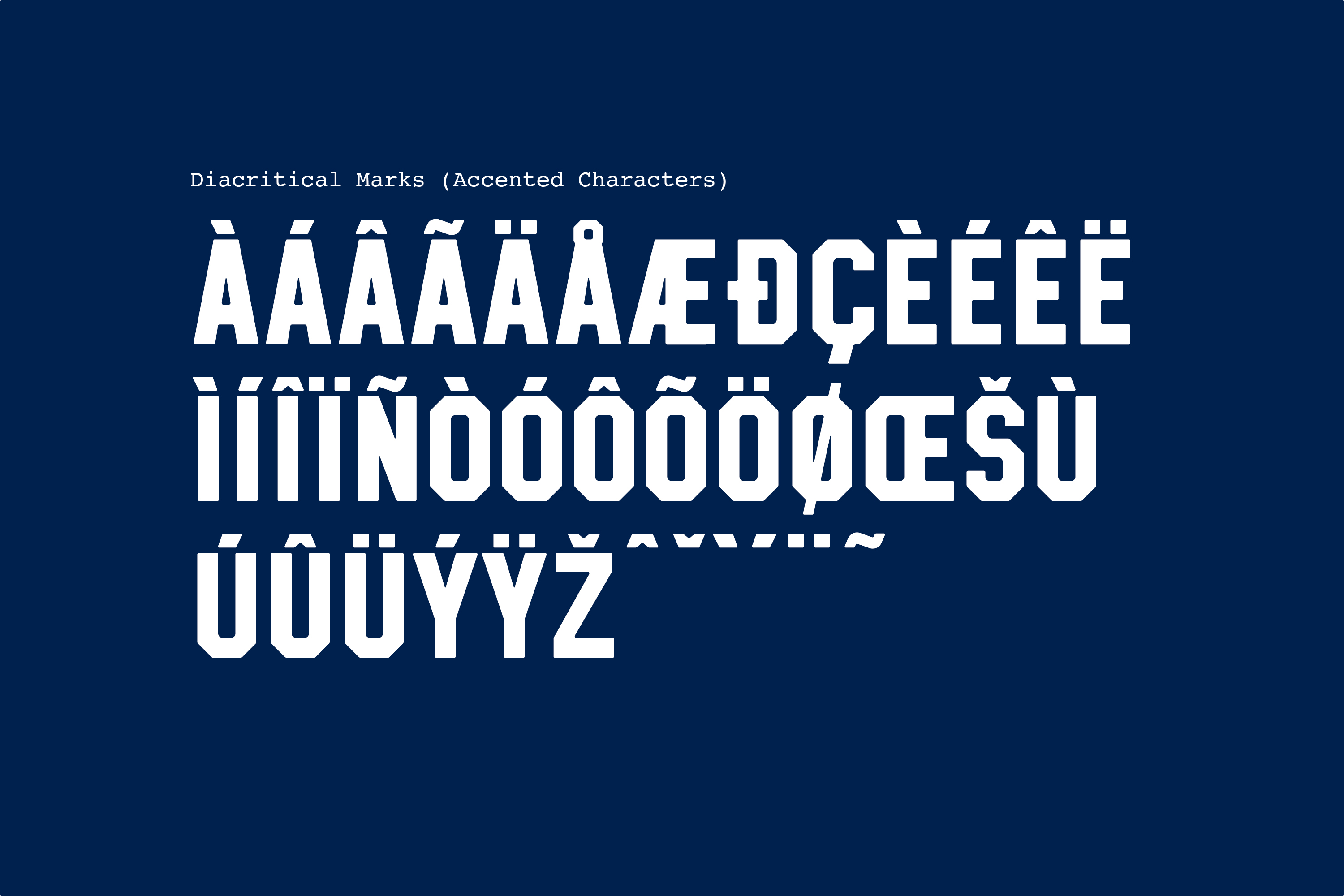
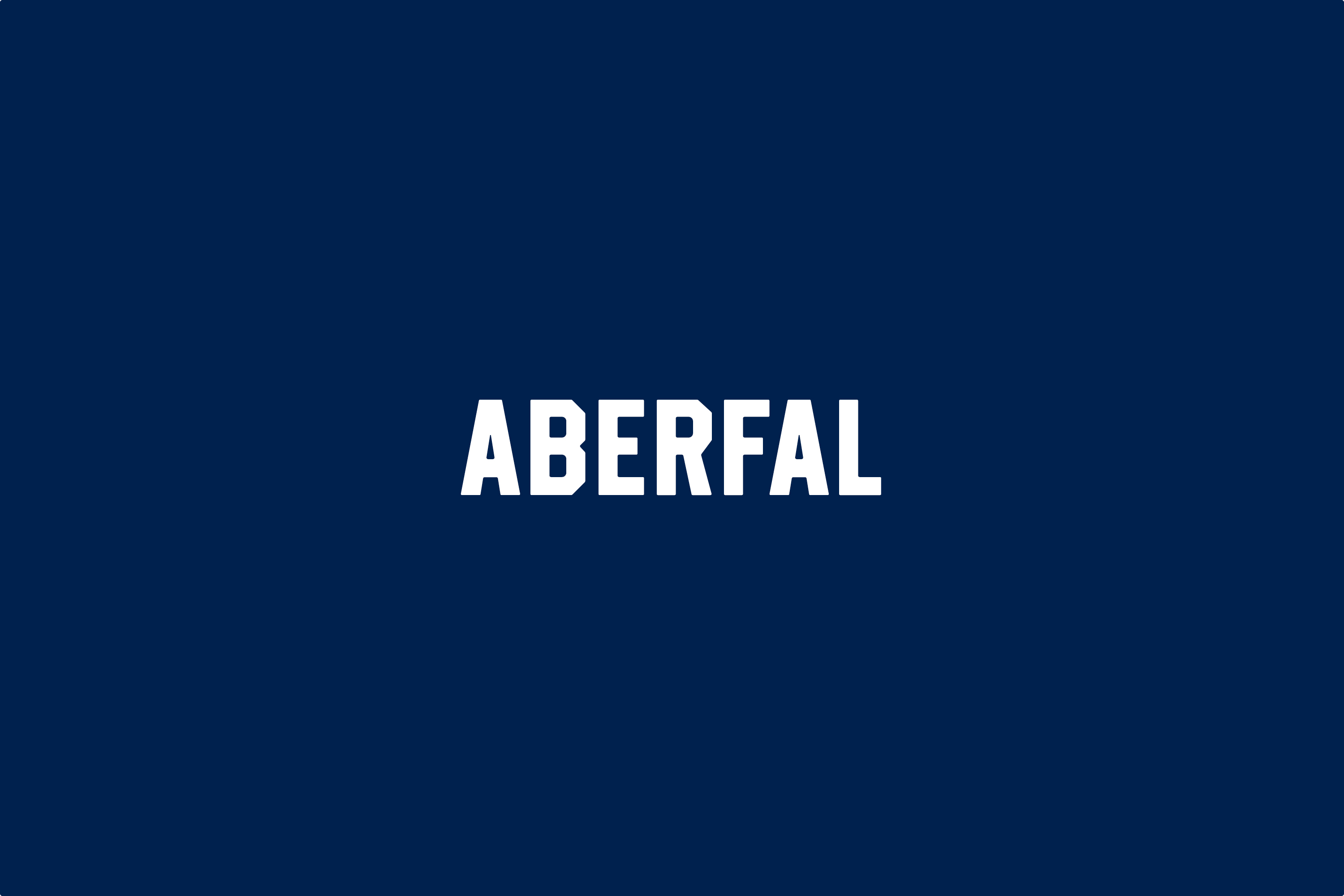
Background
Aberfal, or Falmouth, is a town on the coast of Cornwall in southwest England. It’s home to the third deepest natural harbour in the world and to Pendennis Castle, a 16th-century fortress built by Henry VIII, along with neighbouring St Mawes Castle to protect the Carrick Roads against invasion.
Between 1689 and 1851 the Falmouth Packet Service carried mail to and from Britain’s growing empire. Today, the town is home to Falmouth University representative of the creative hub that it has become in the twentieth and twenty first centuries.
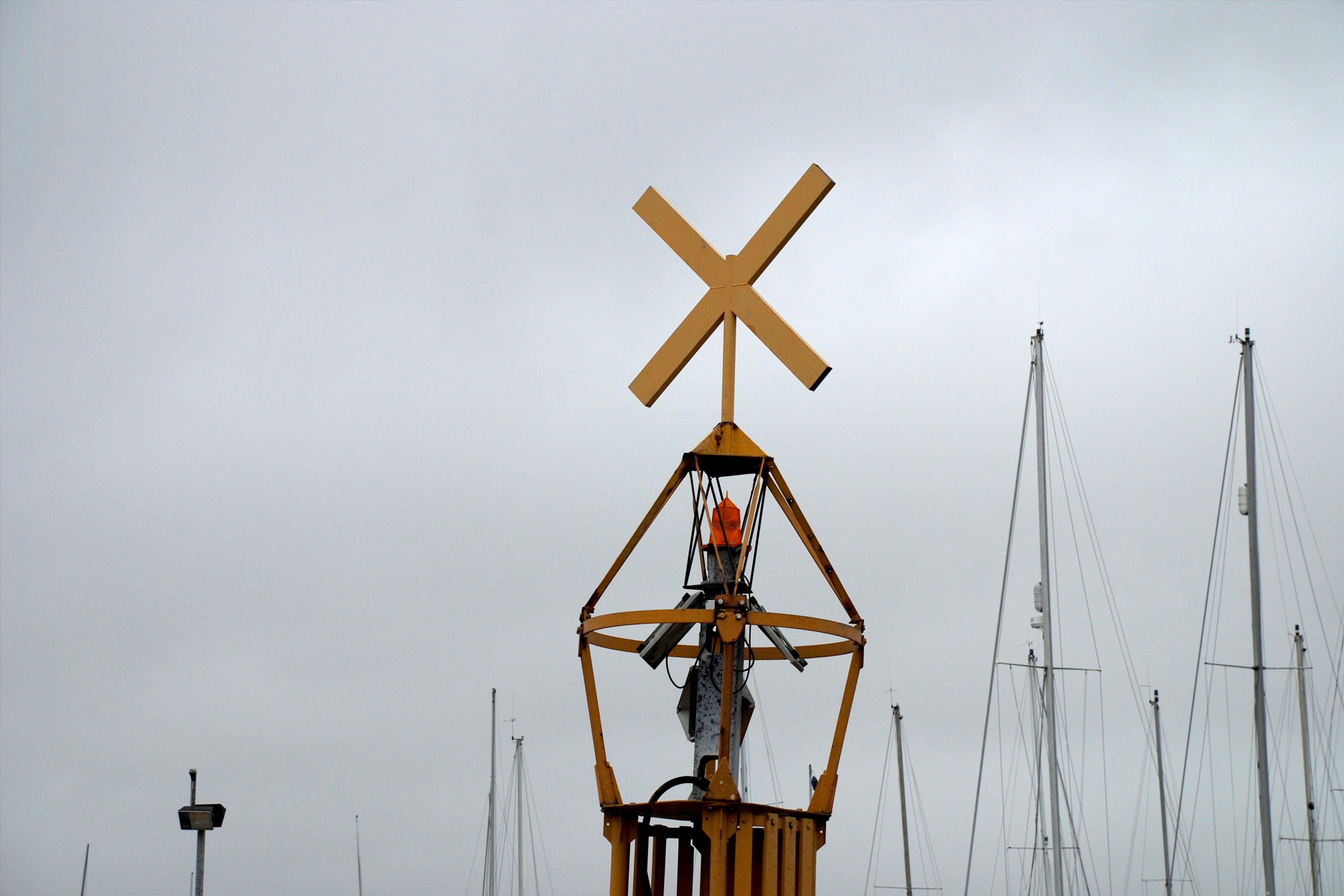

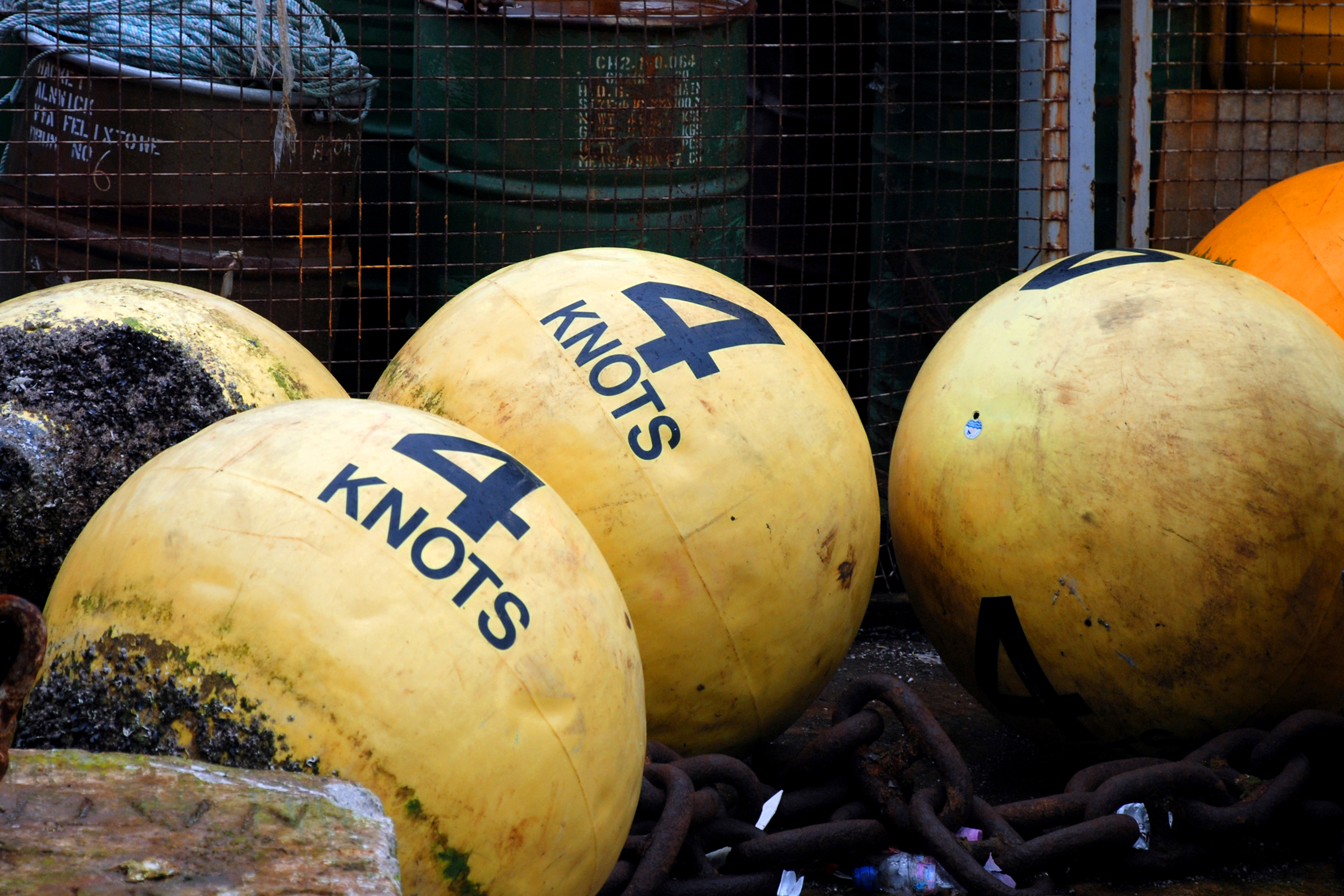
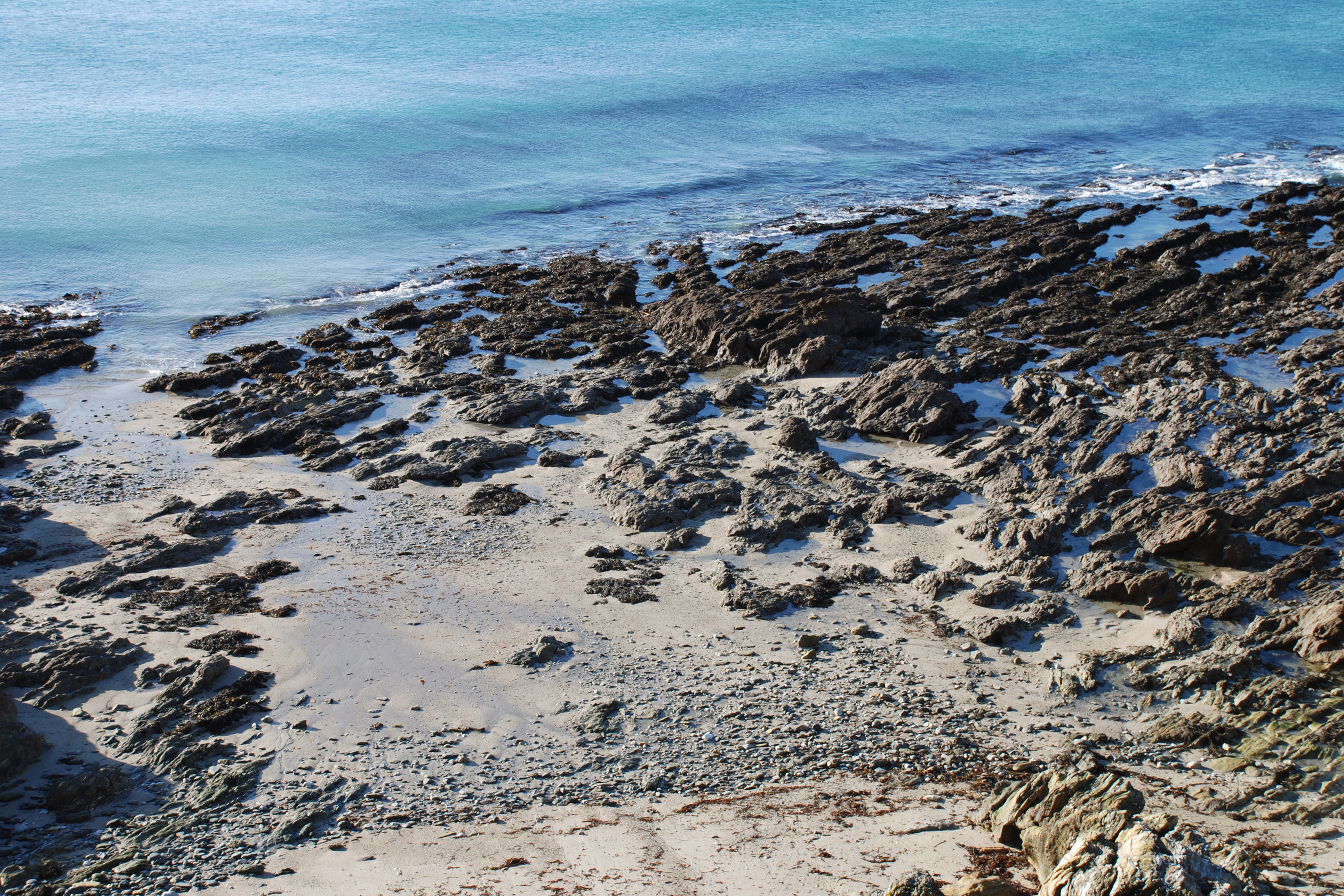
Context
This project has taken a long time to manifest. I moved to Falmouth in 1996 to study at Falmouth College of Arts (now Falmouth University). After a period away, I moved back in 2005 to set up Two from a spare bedroom in the town.
I was always struck by the street signs in Falmouth. They are so much a part of the fabric of the town. Their type design, style and the material qualities of their manufacture represent an important part of its history. I was inspired by the quirks of these signs and how they are embedded in the vernacular of the town.
Research
Later, when researching the local Falmouth Archive, we discovered that the street signs were actually created by the developers who built the housing estates. This was a requirement by the local authority of the developers to add to the civic quality of the town. And hence why different districts of Falmouth have different styles of street signs—as they were added at different points in time as the streets were built and the town grew.
This distinctive difference of the heritage, acting as a tiny record or timecode, representative of a particular moment in time as defined in typographic form, has inspired us to create Aberfal.
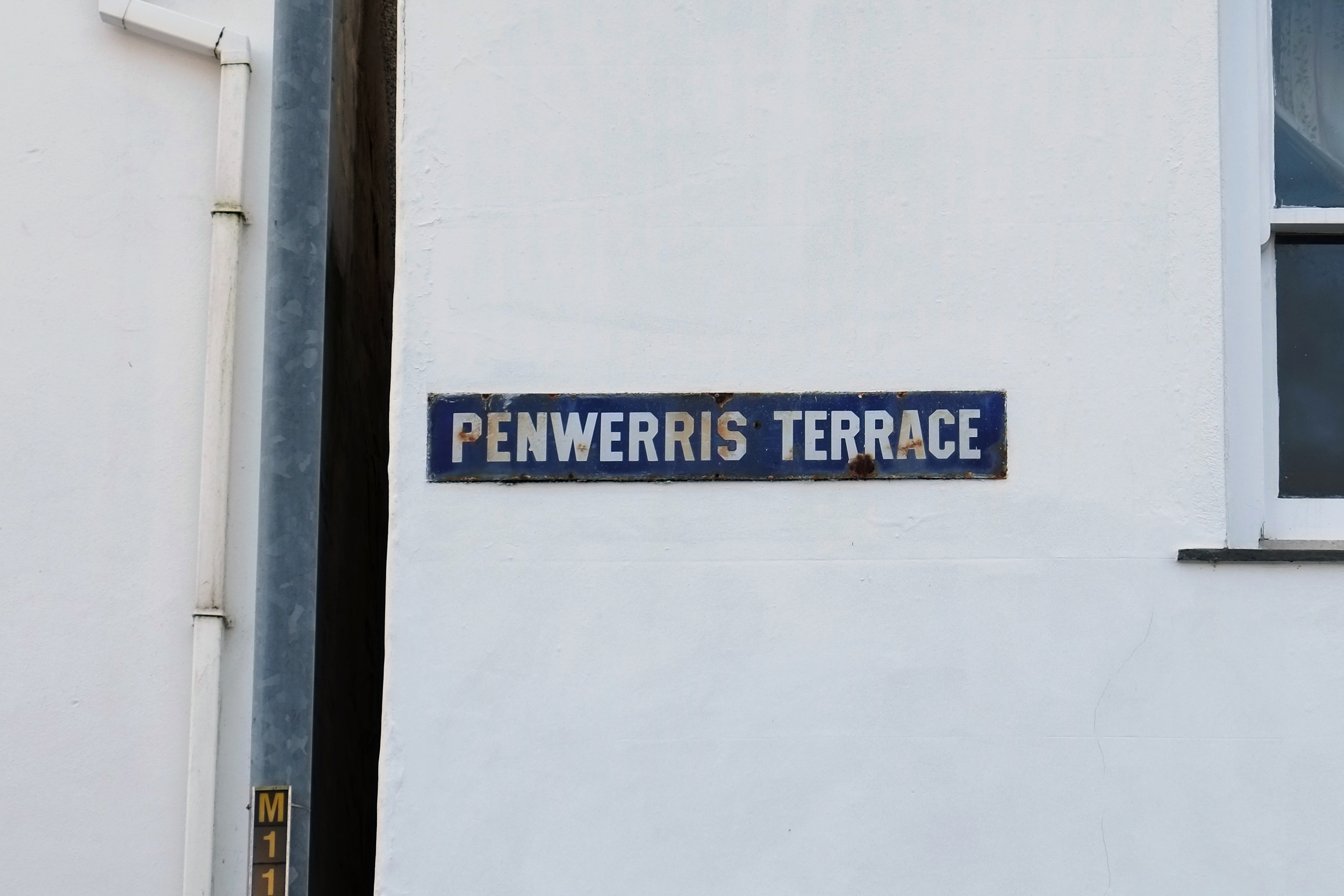
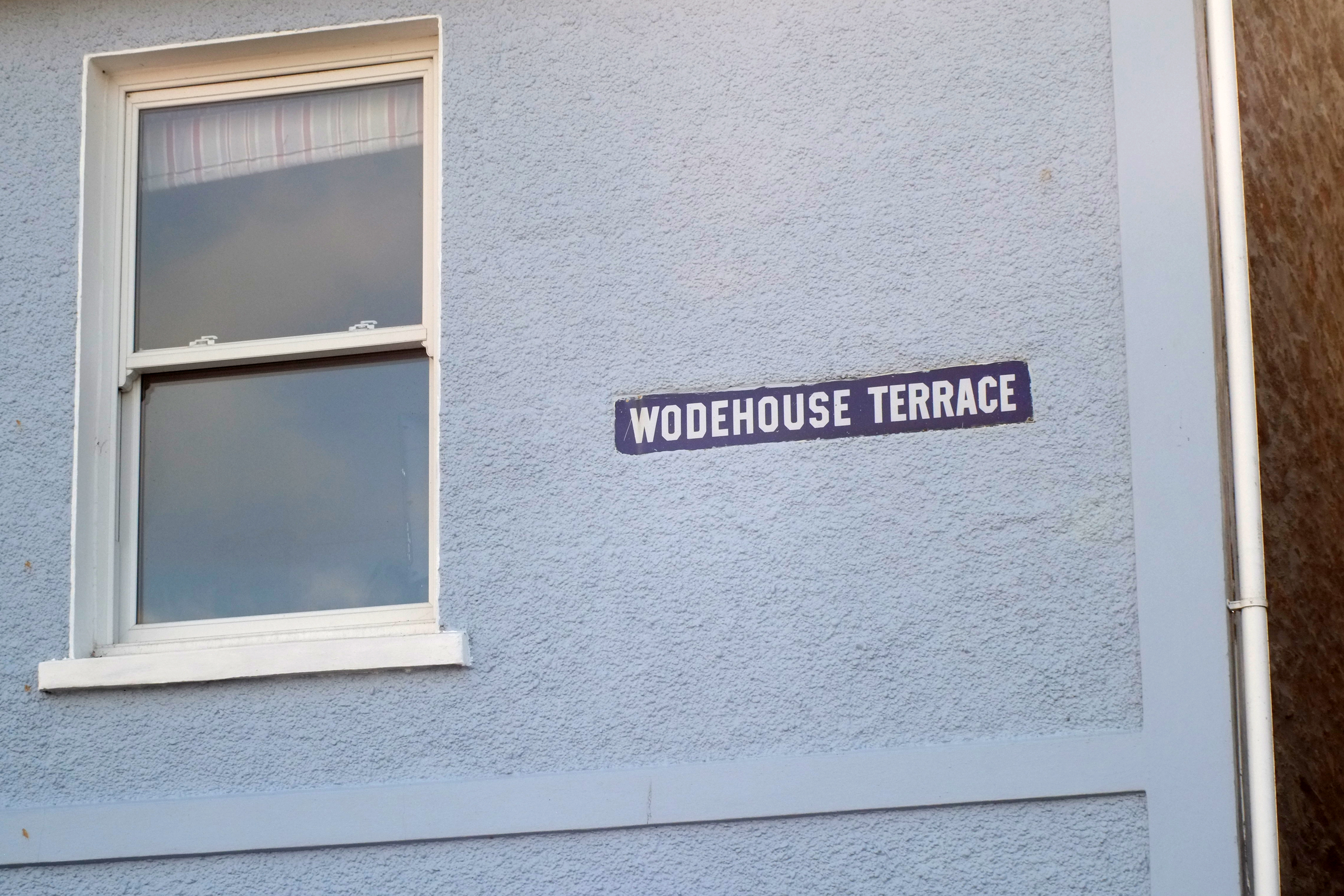
Notable developments of the town can be traced between 1827 and 1880, as illustrated in the map records (Richard Thomas Map, 1827, extract of the 1841 Tithe Map and the Ordnance Survey 25" Map First Edition, 1880). From these maps we can deduce that the streets—Beacon Terrace, Penwerris Terrace, Wodehouse Terrace and Trelawney Road—were constructed during this period. And it’s a probable estimation that these streets, and their street signs, were created between the 1841 and 1880 maps.
Of course, these signs could have been added later but, from our observations the relative development of Falmouth is matched by the character of the associated street signs—different areas developed at similar times have the same style street signs.
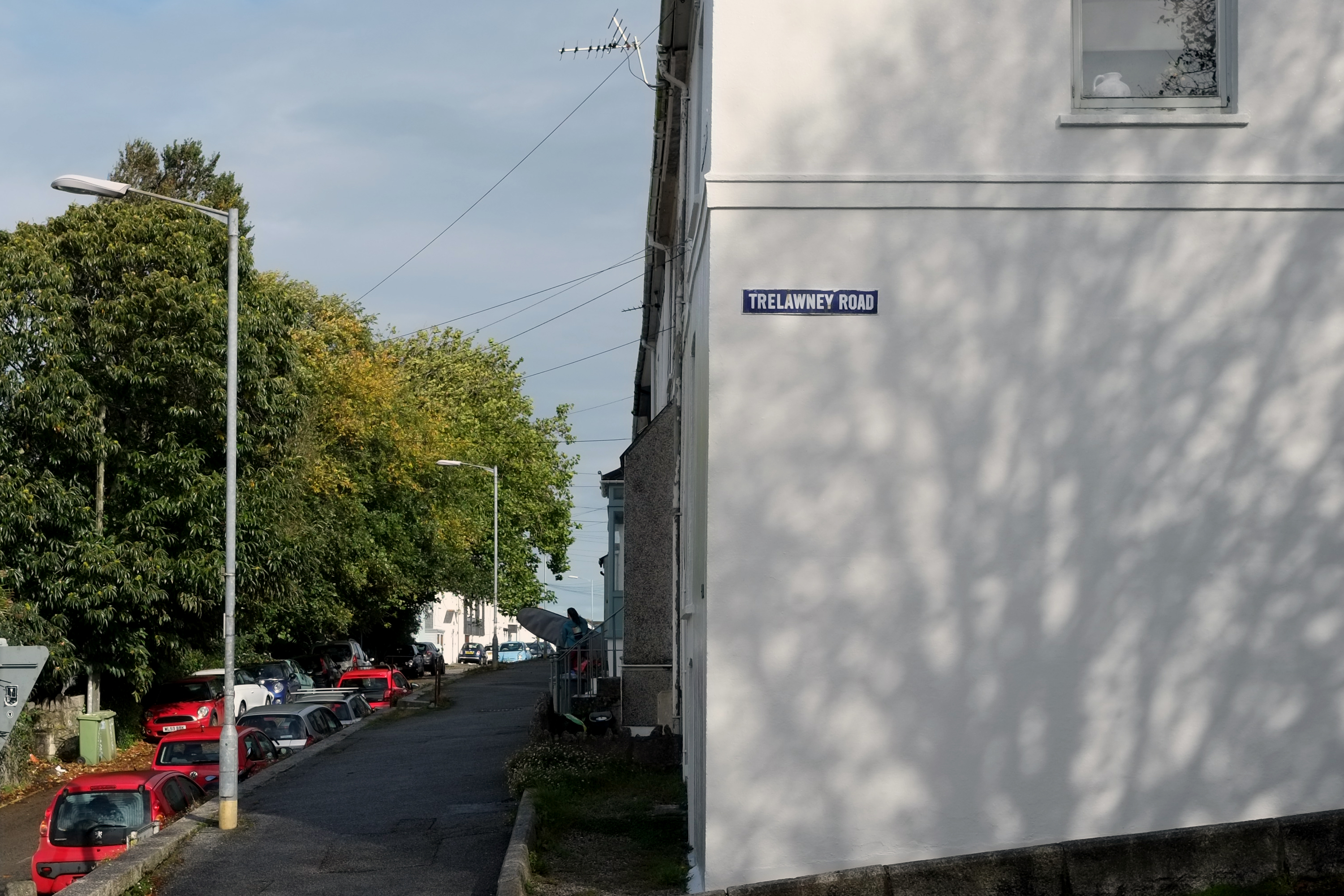
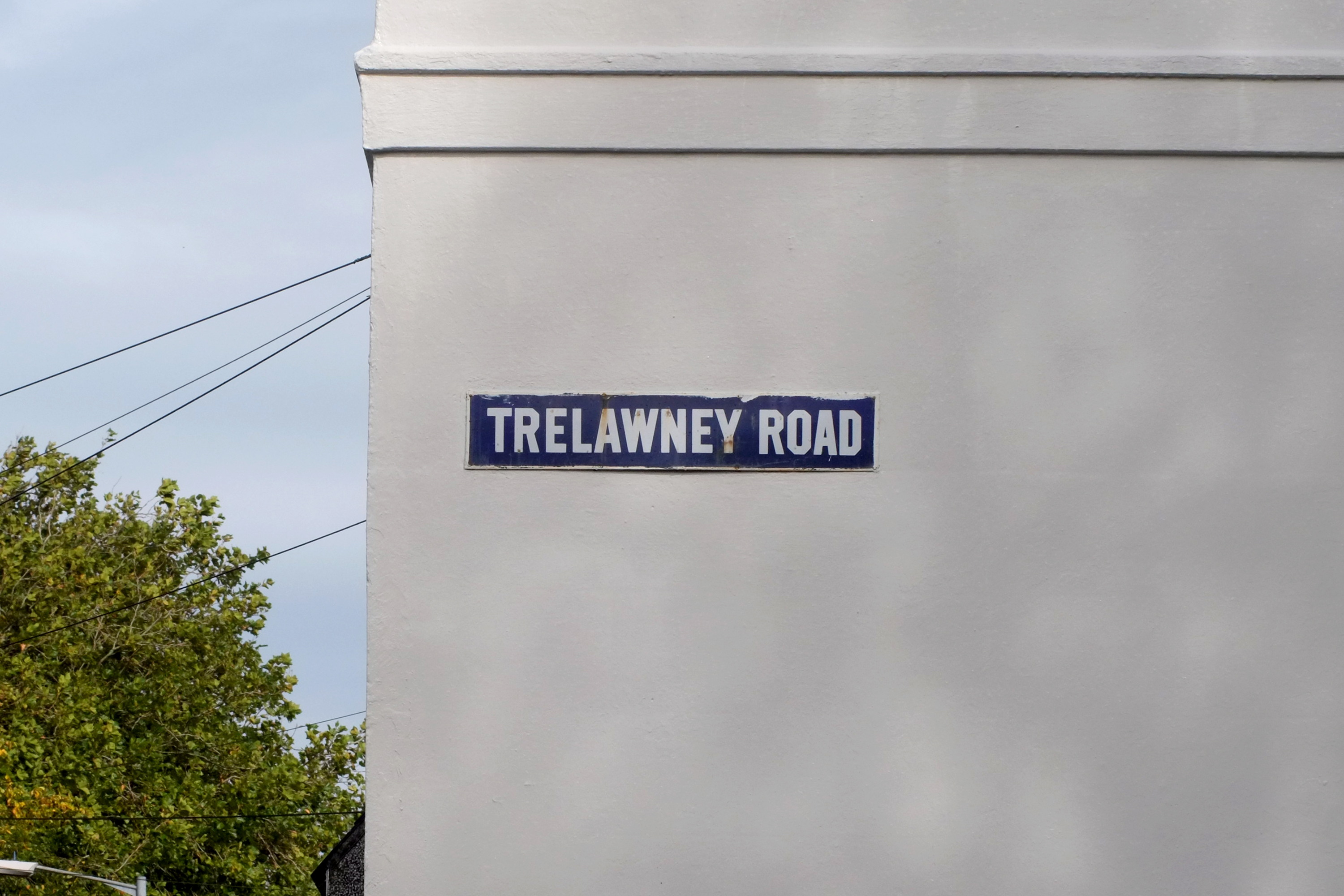
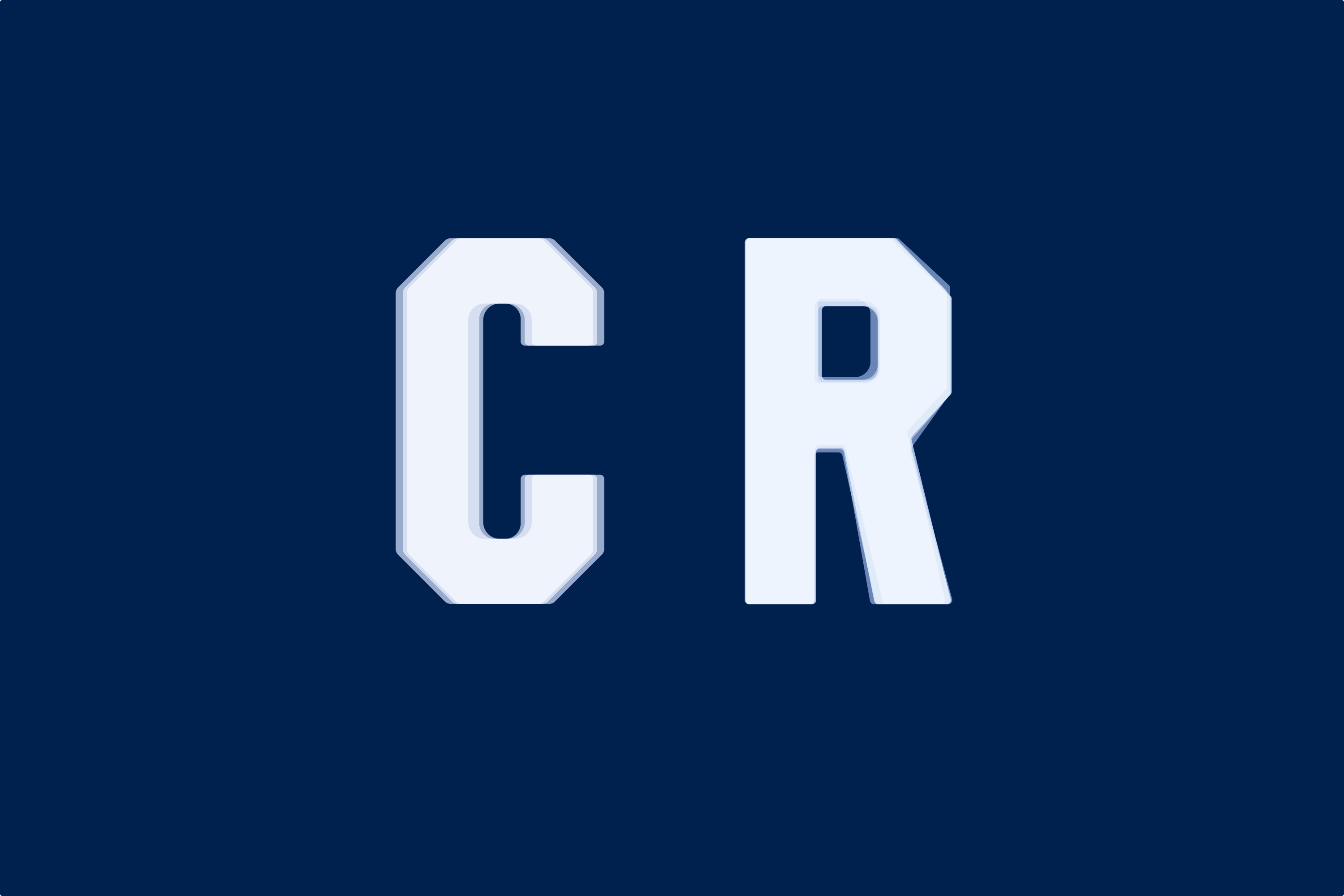
Type Development
From the available street signs we were able to source 17 letters that we then traced from photographs. This digitisation process wasn’t straight forward as each of the letters had considerable variation across different signs, possibly due in fact to the signs being hand painted on enamel. Ultimately there was a level of translation in the process—as there is with any revivalist type design—and we had to balance the freedom that this afforded us with our interpretation, alongside the intention to best represent the ‘original’ and capture the inherent character of the vernacular.
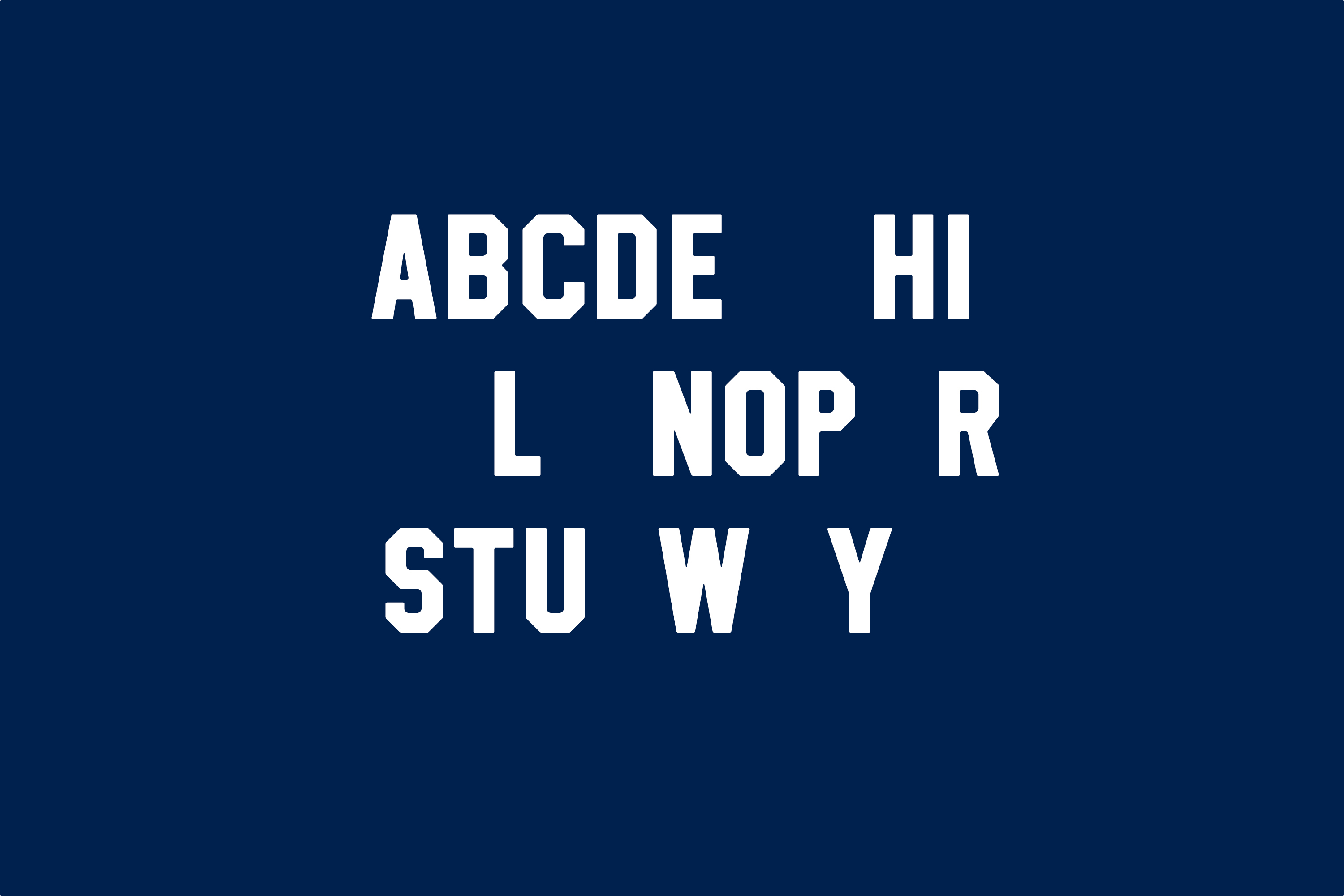
Missing Glyphs
To be able to complete a full set of glyphs for Aberfal we needed to draw on close relations to identify characteristics for those missing glyphs. For example, the P is a close relation of R; the V is a close relation of the A and W; the leg of the R and the tail of the Q are relational; and the S, C and G are related in their apertures and terminals. Drawing on these related qualities enabled us to develop a full set of glyphs and the entire typeface for Aberfal, including numerals, punctuation and diacritical marks.
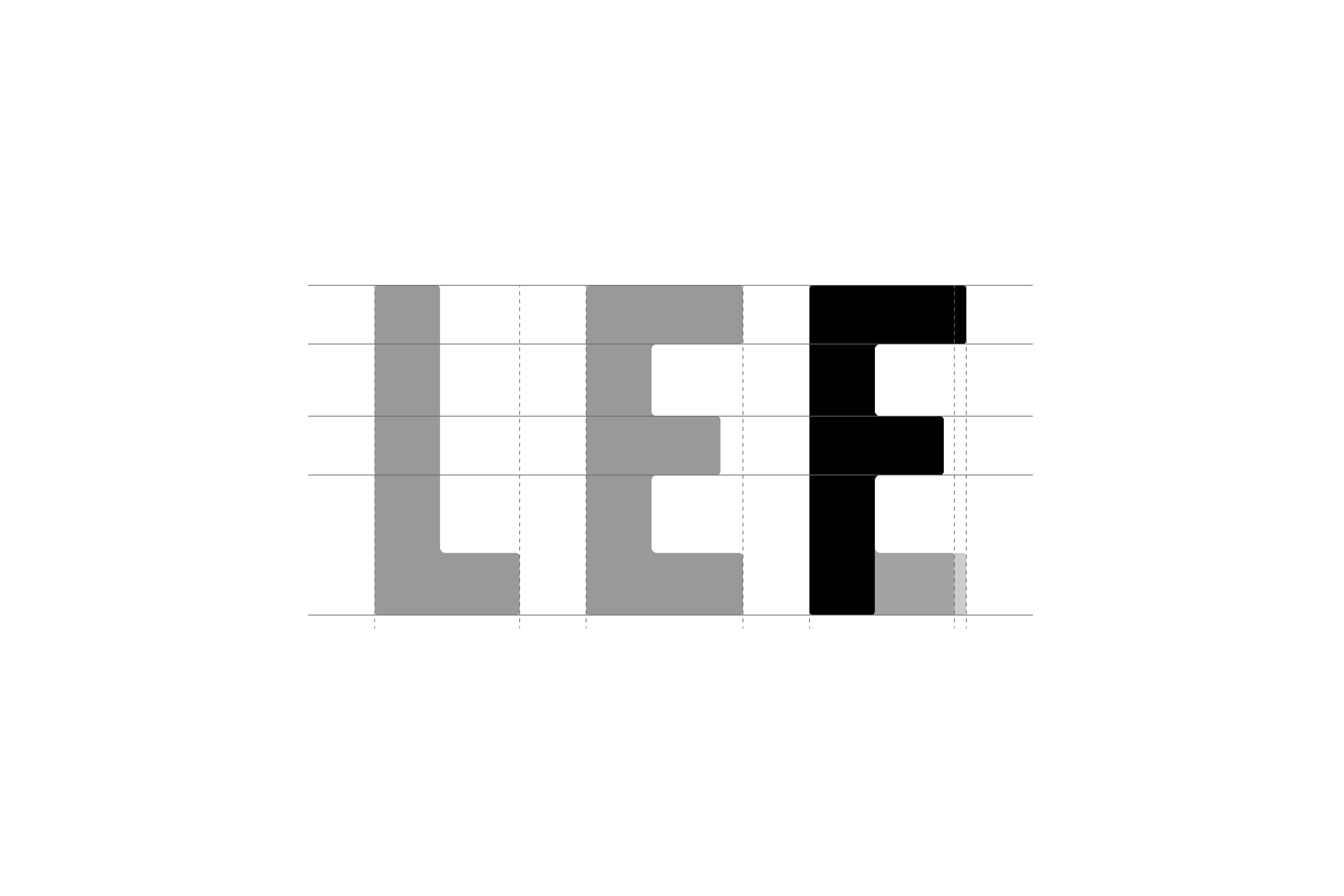
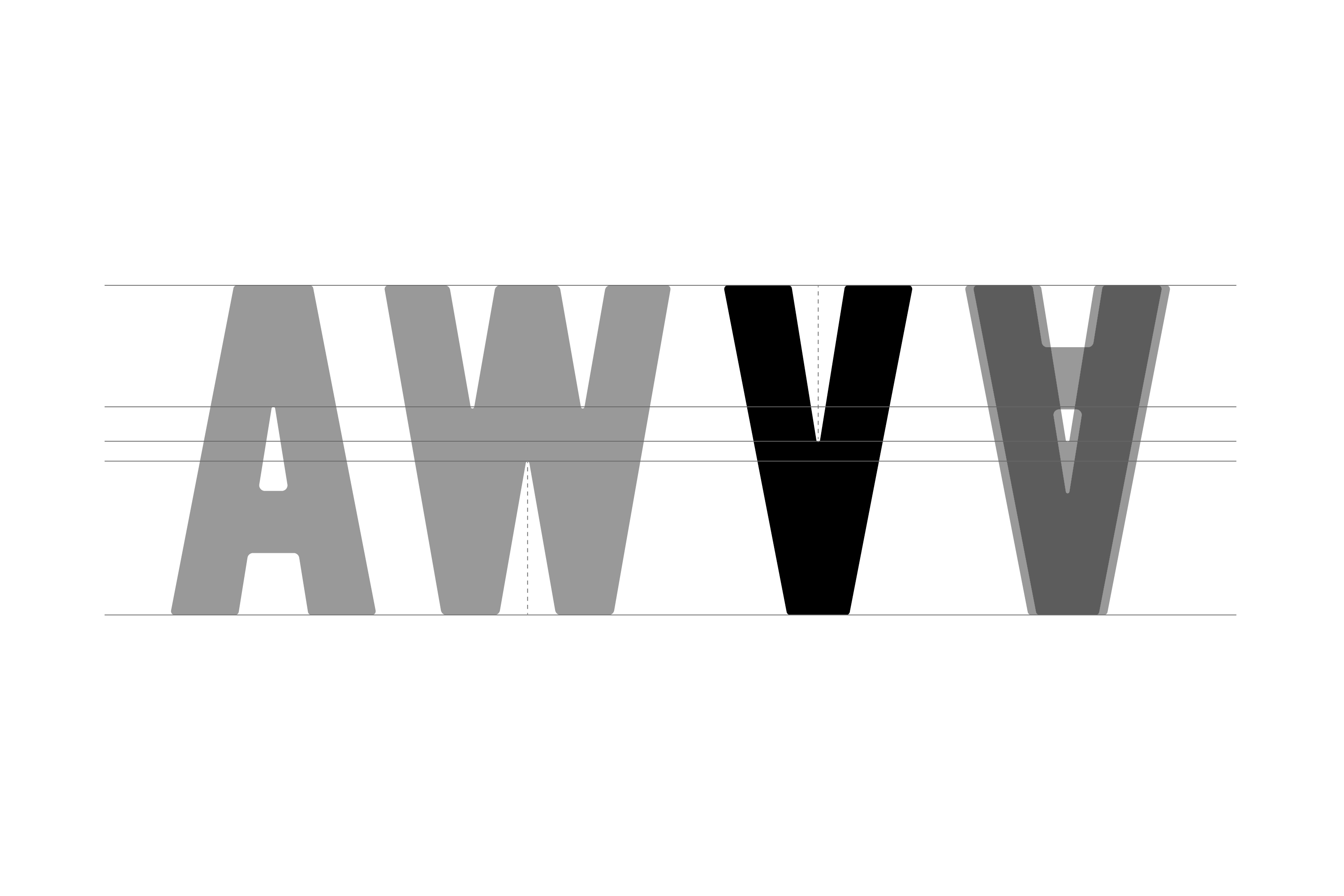
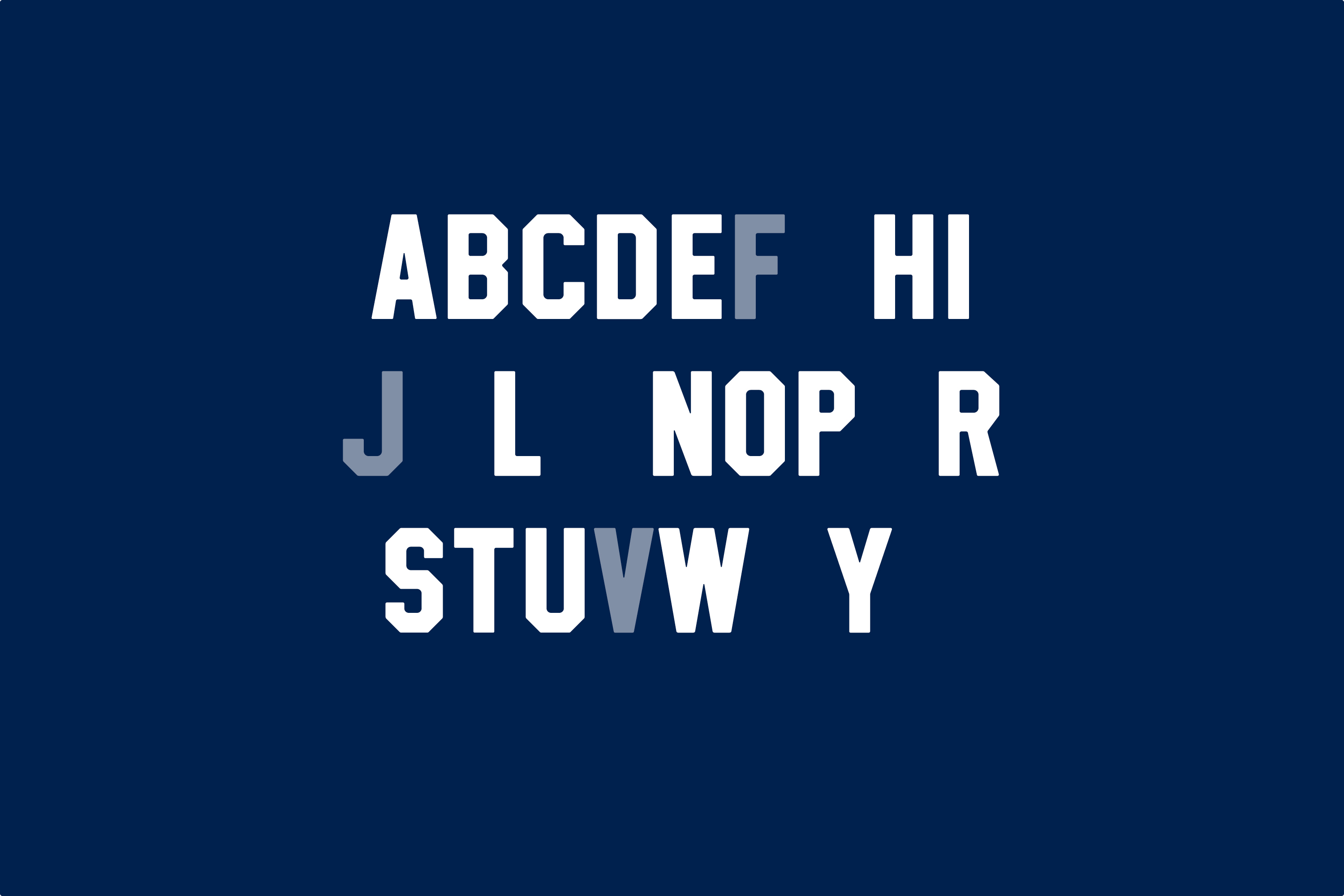
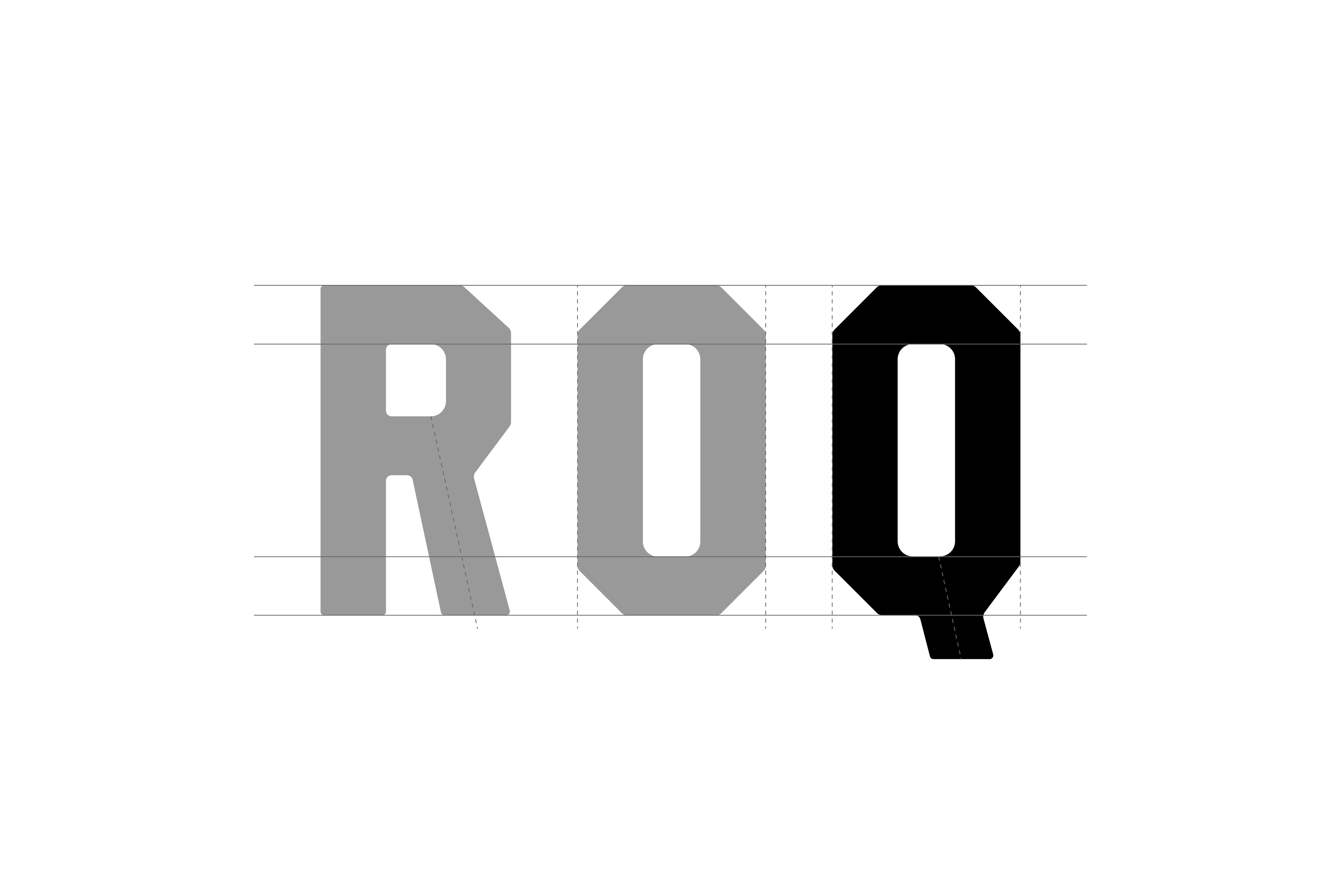
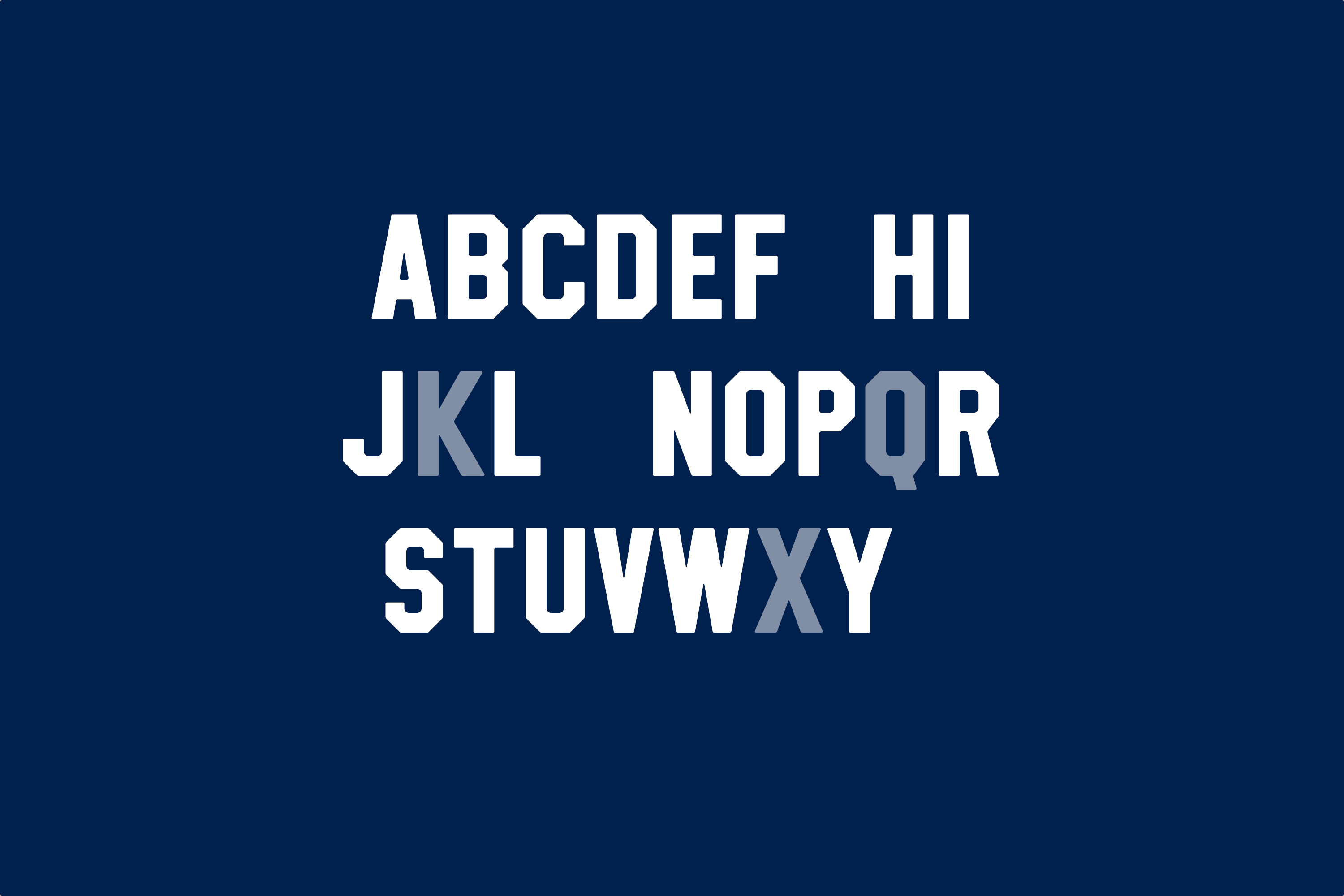
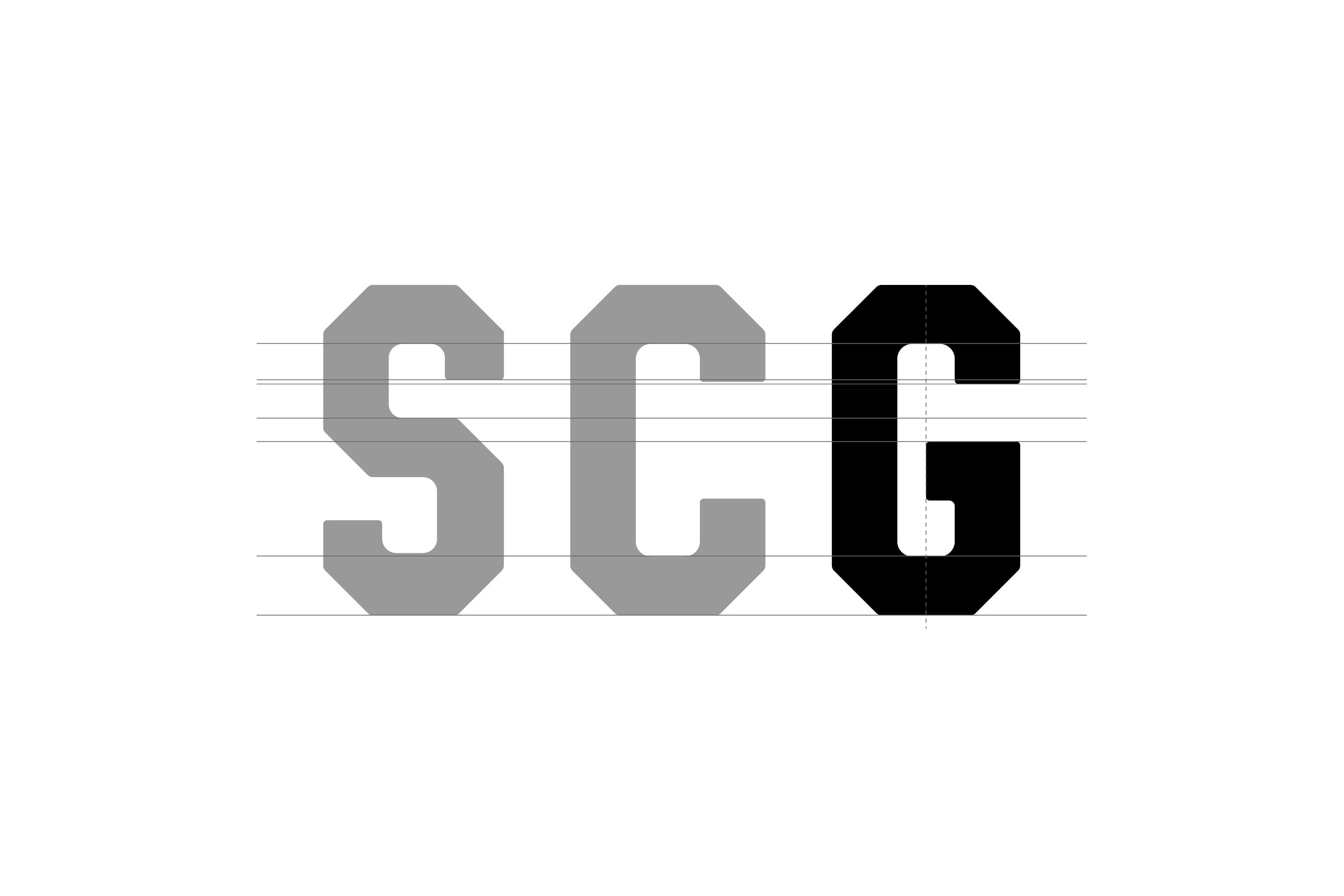
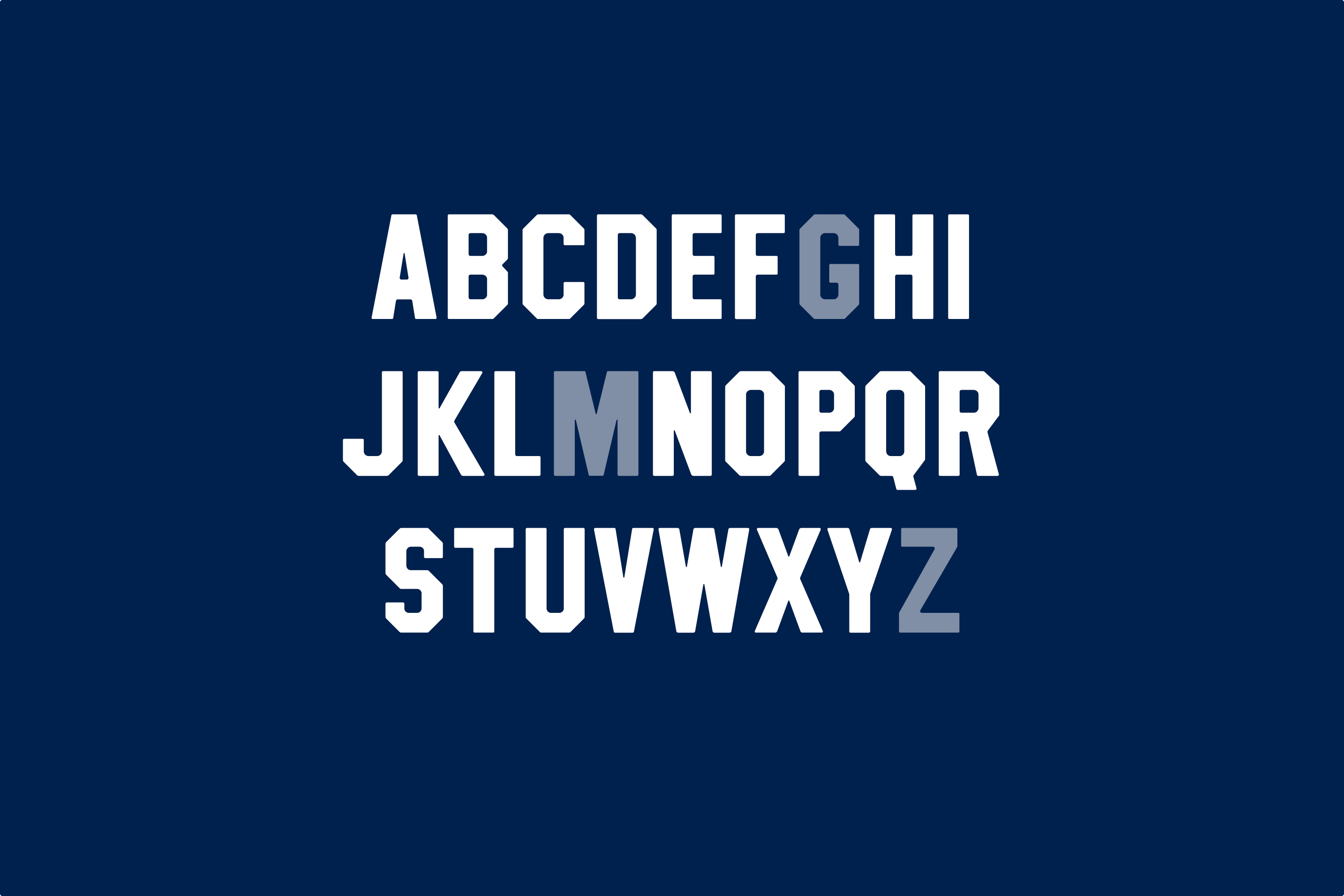
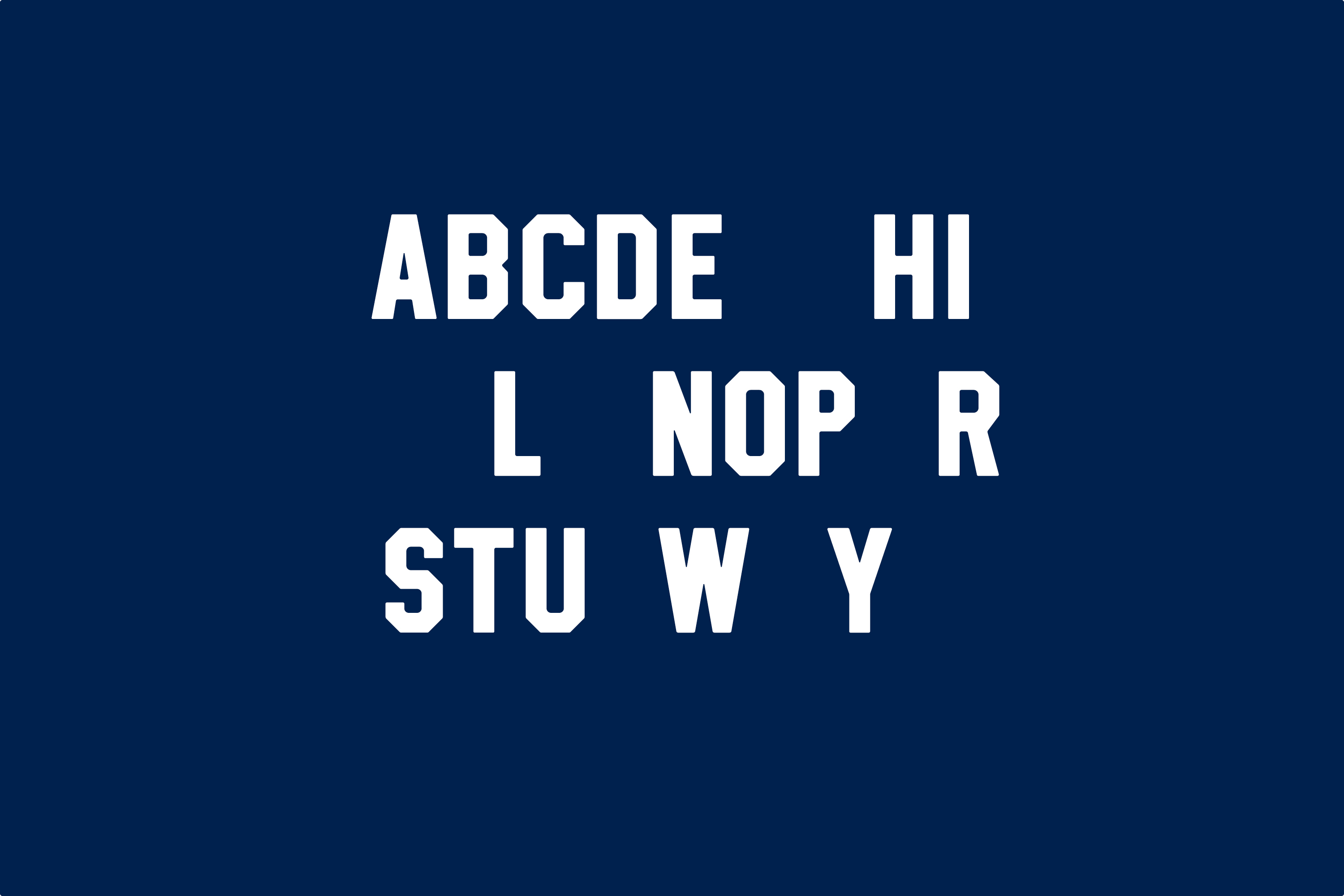
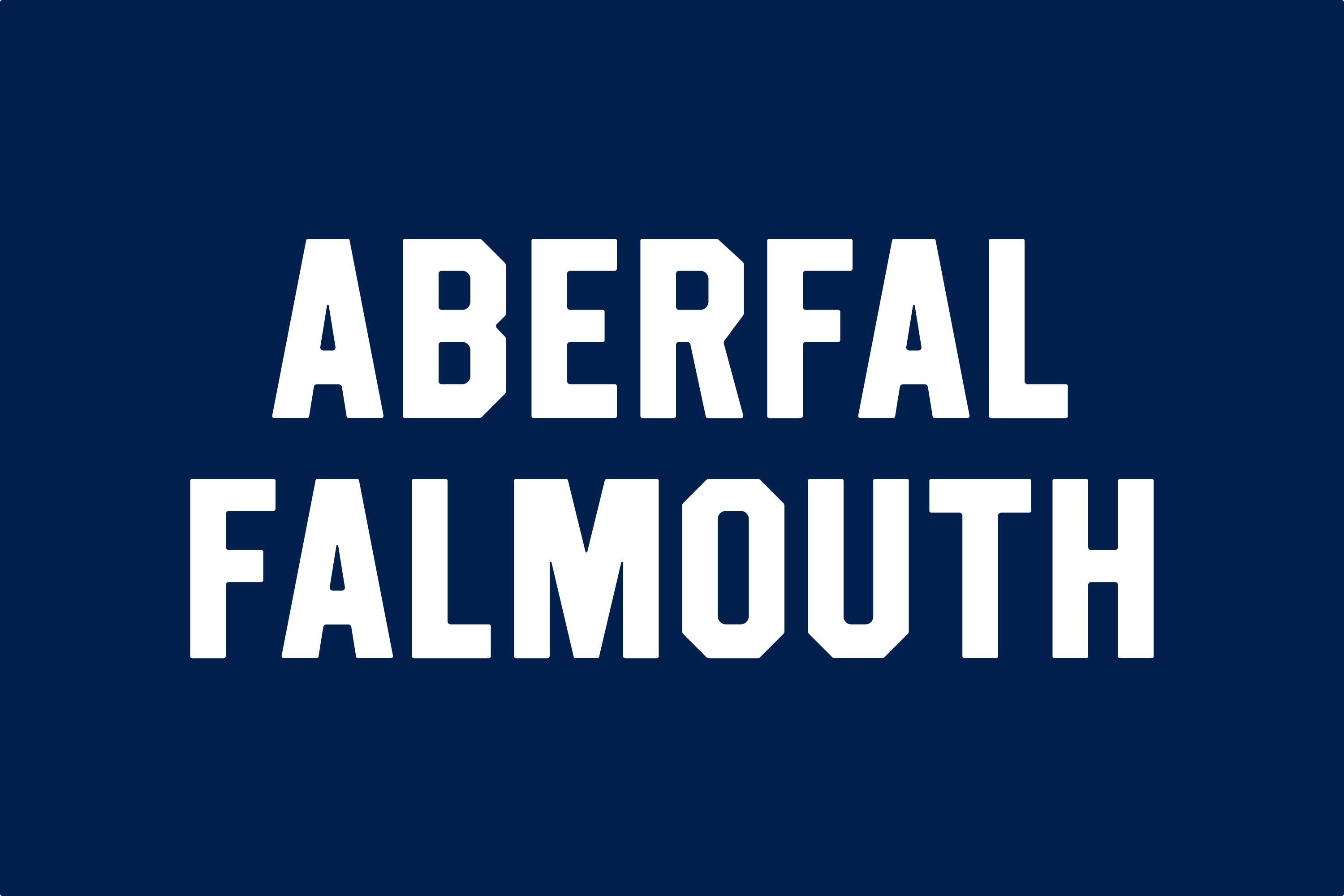
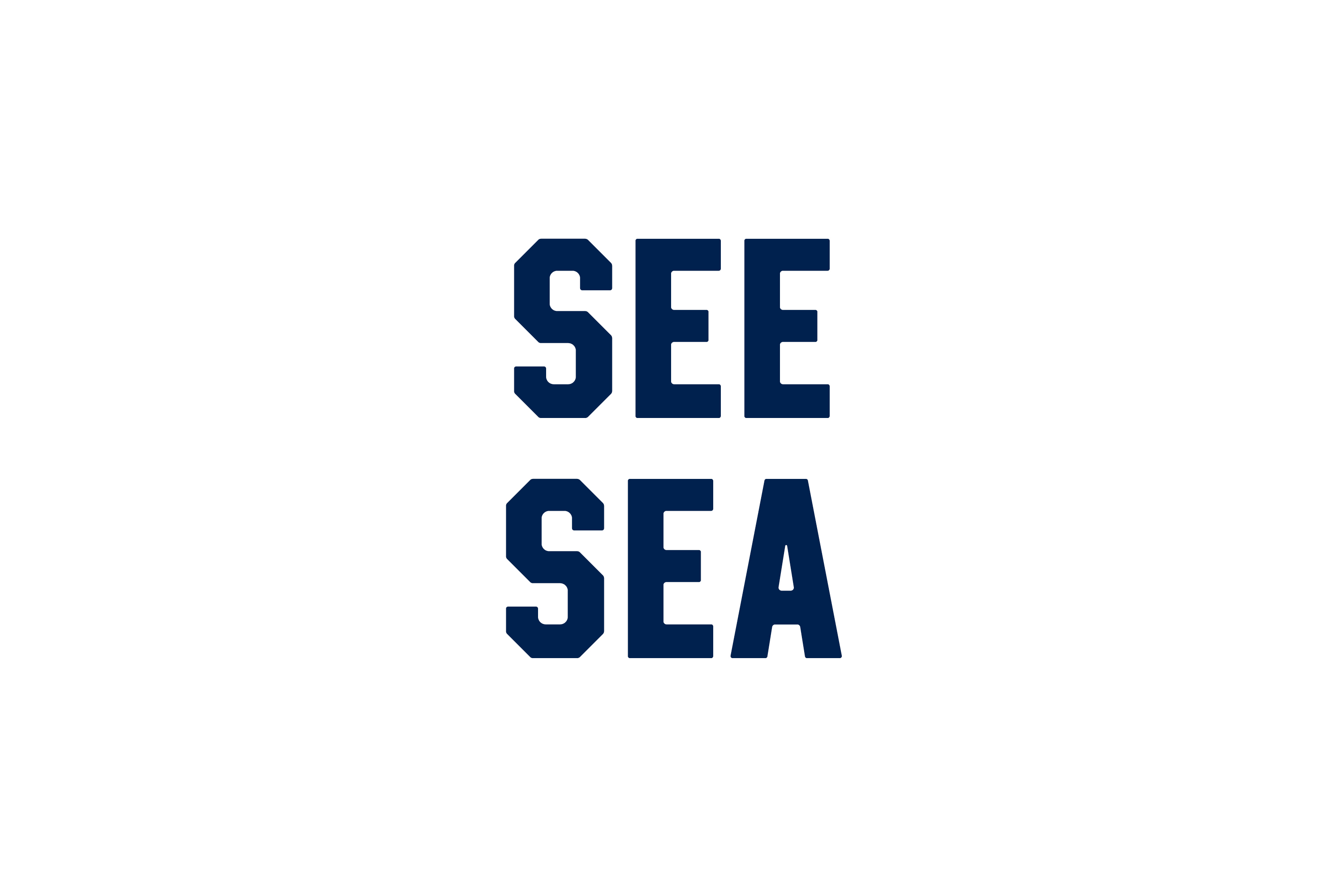
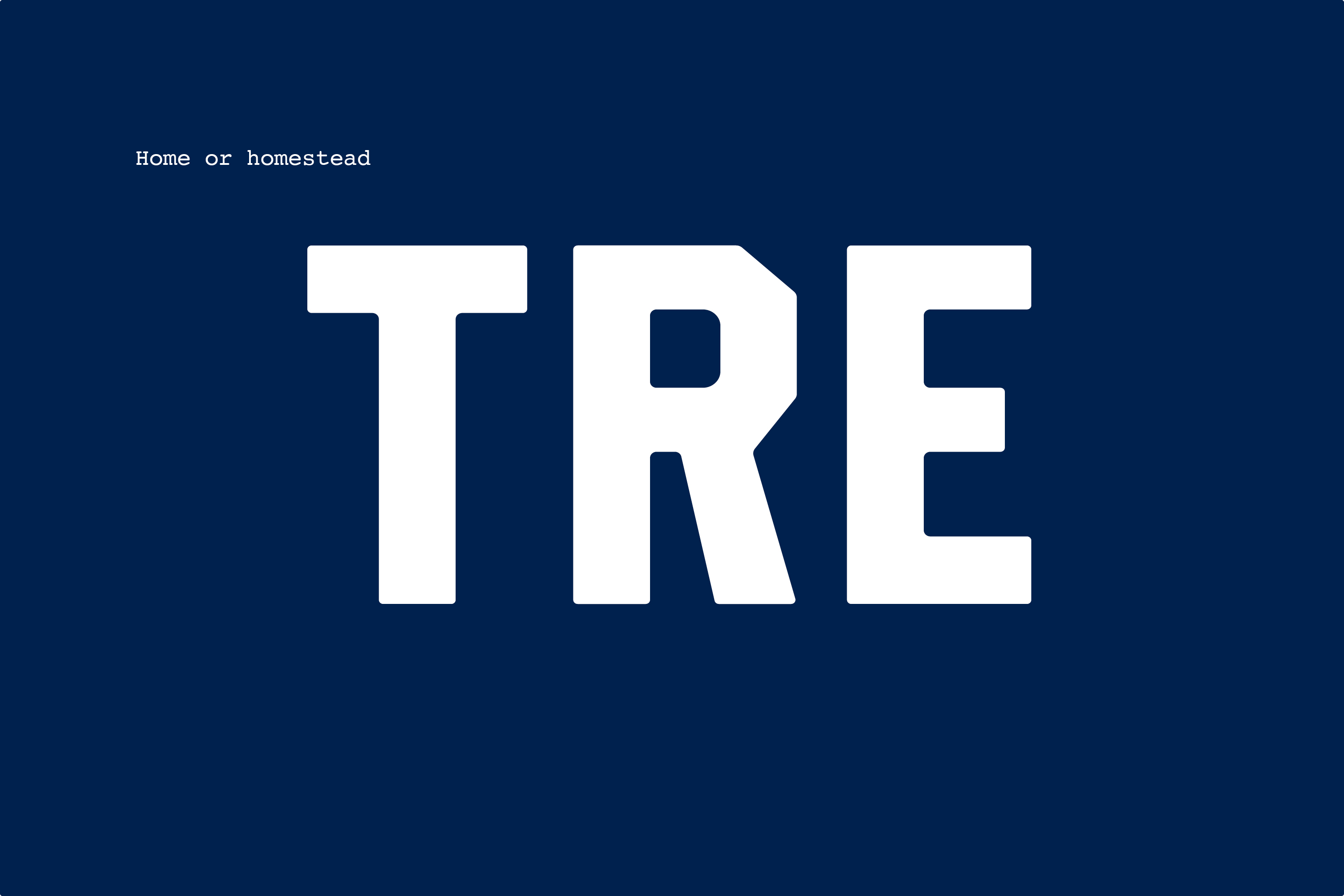

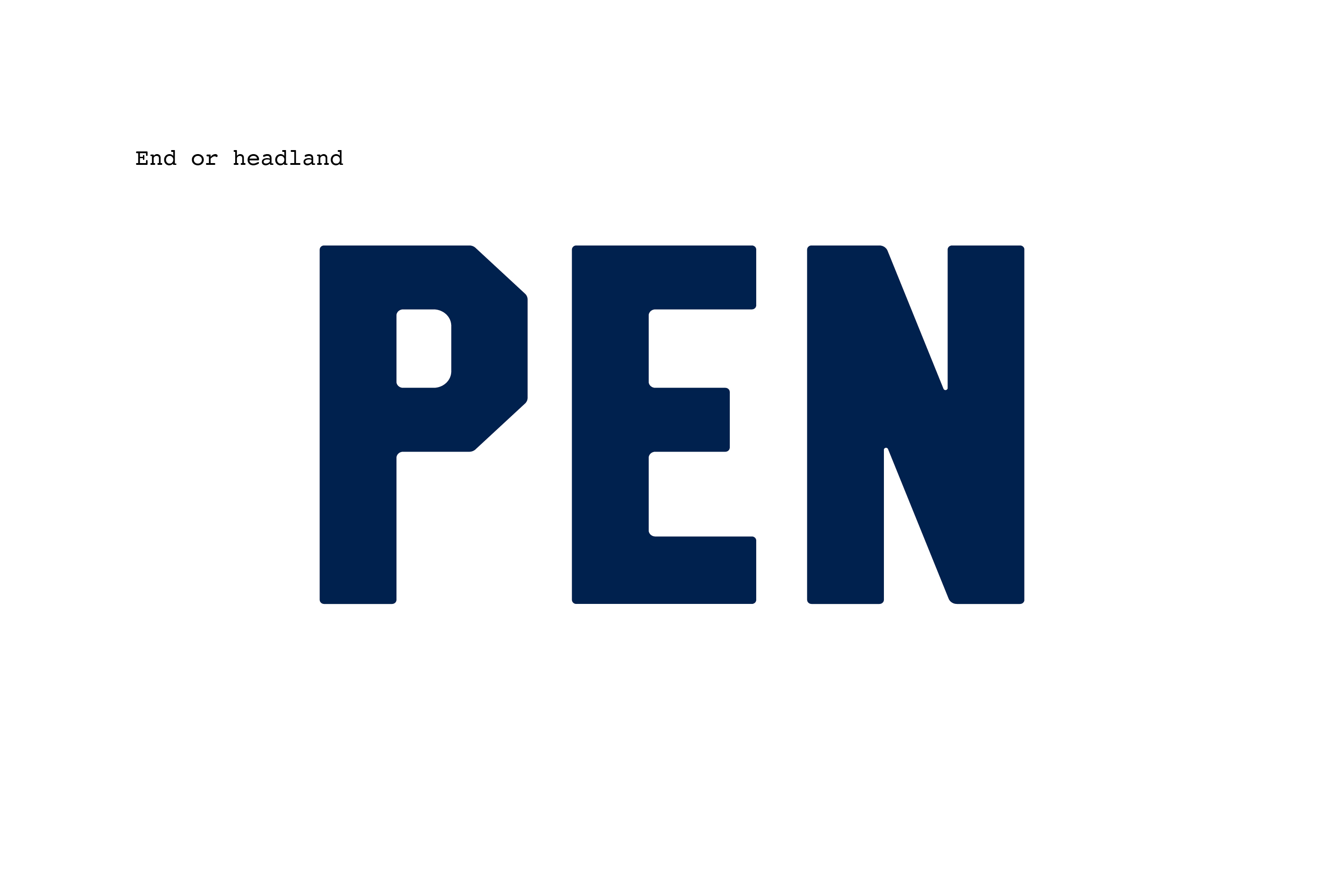
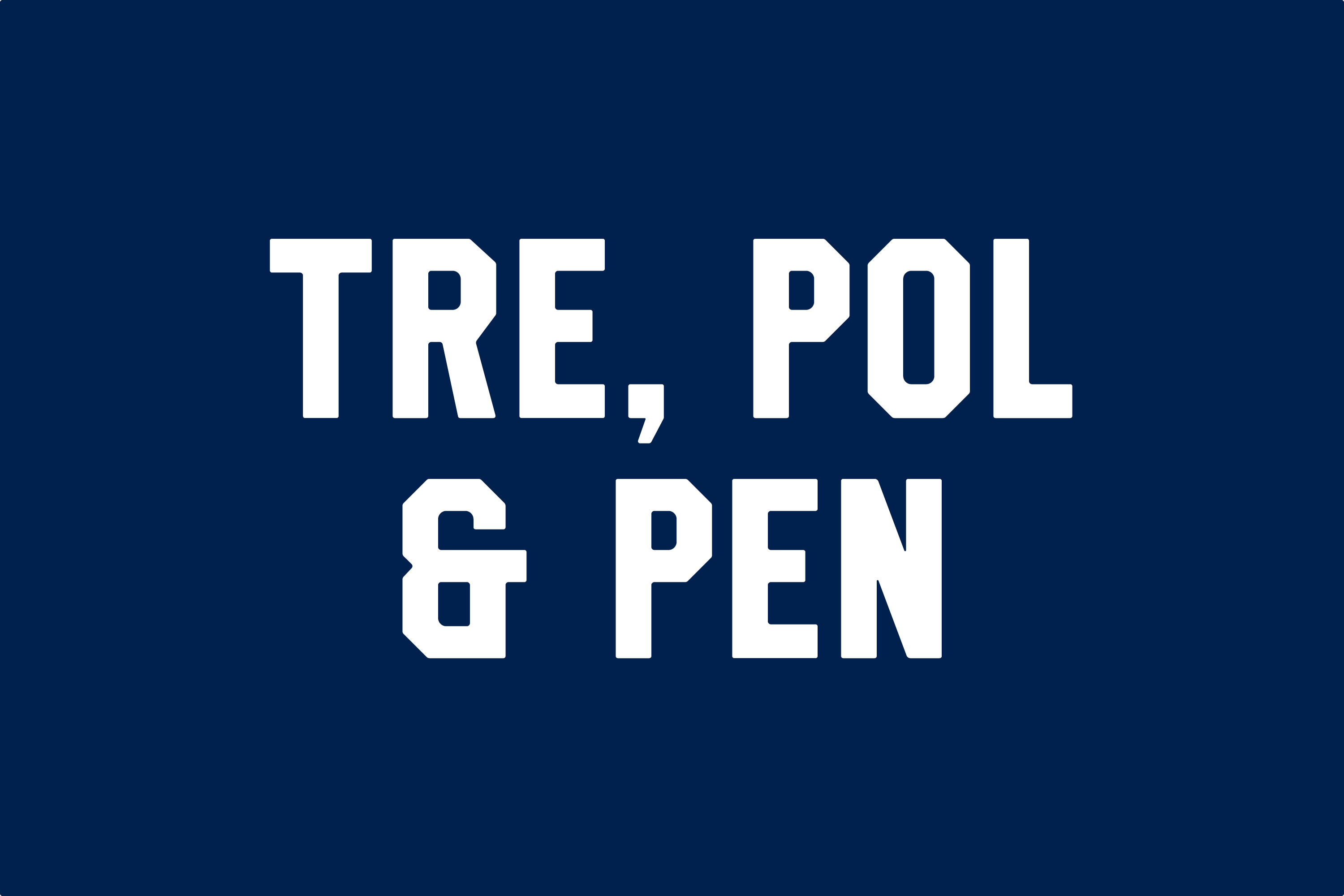
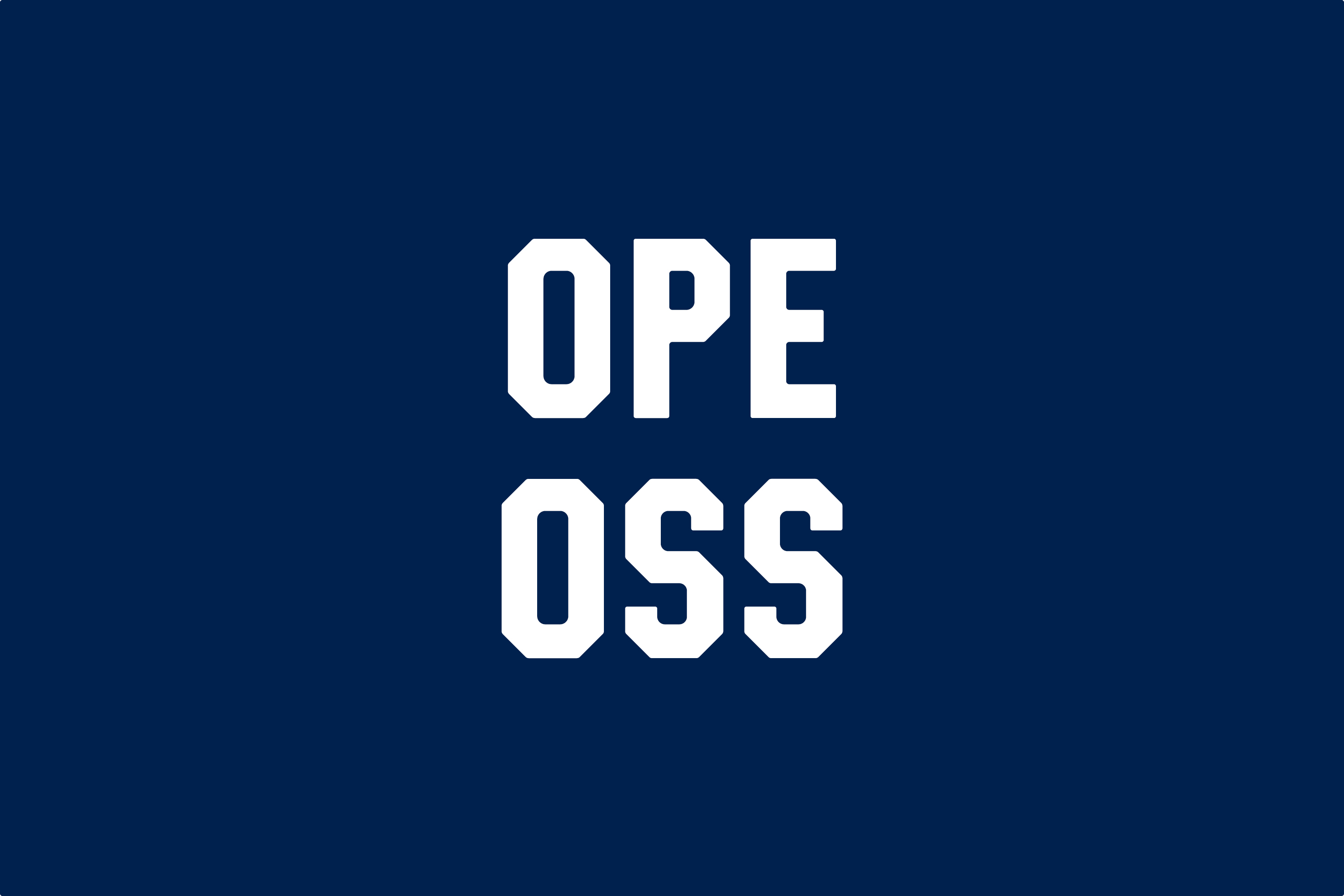
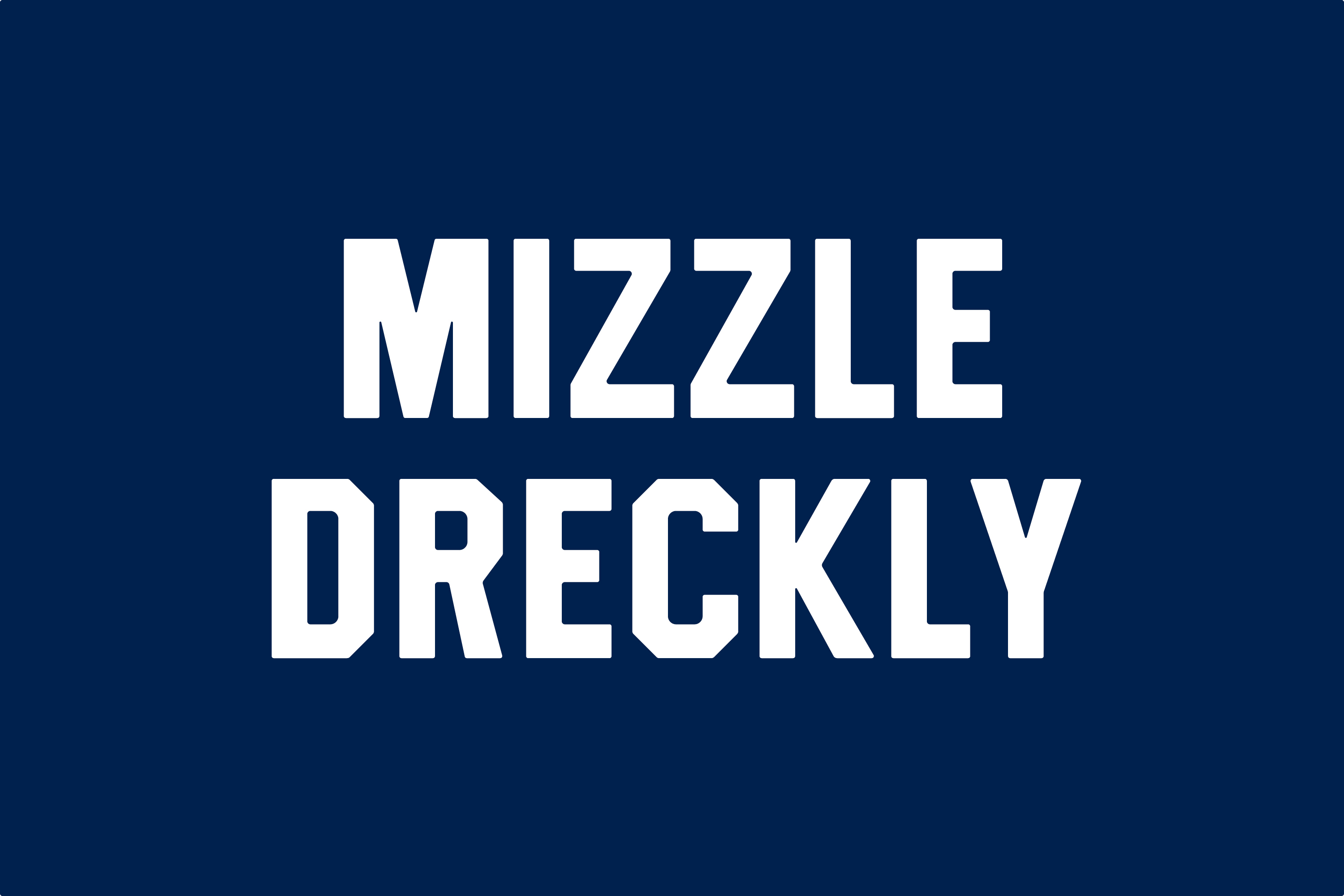
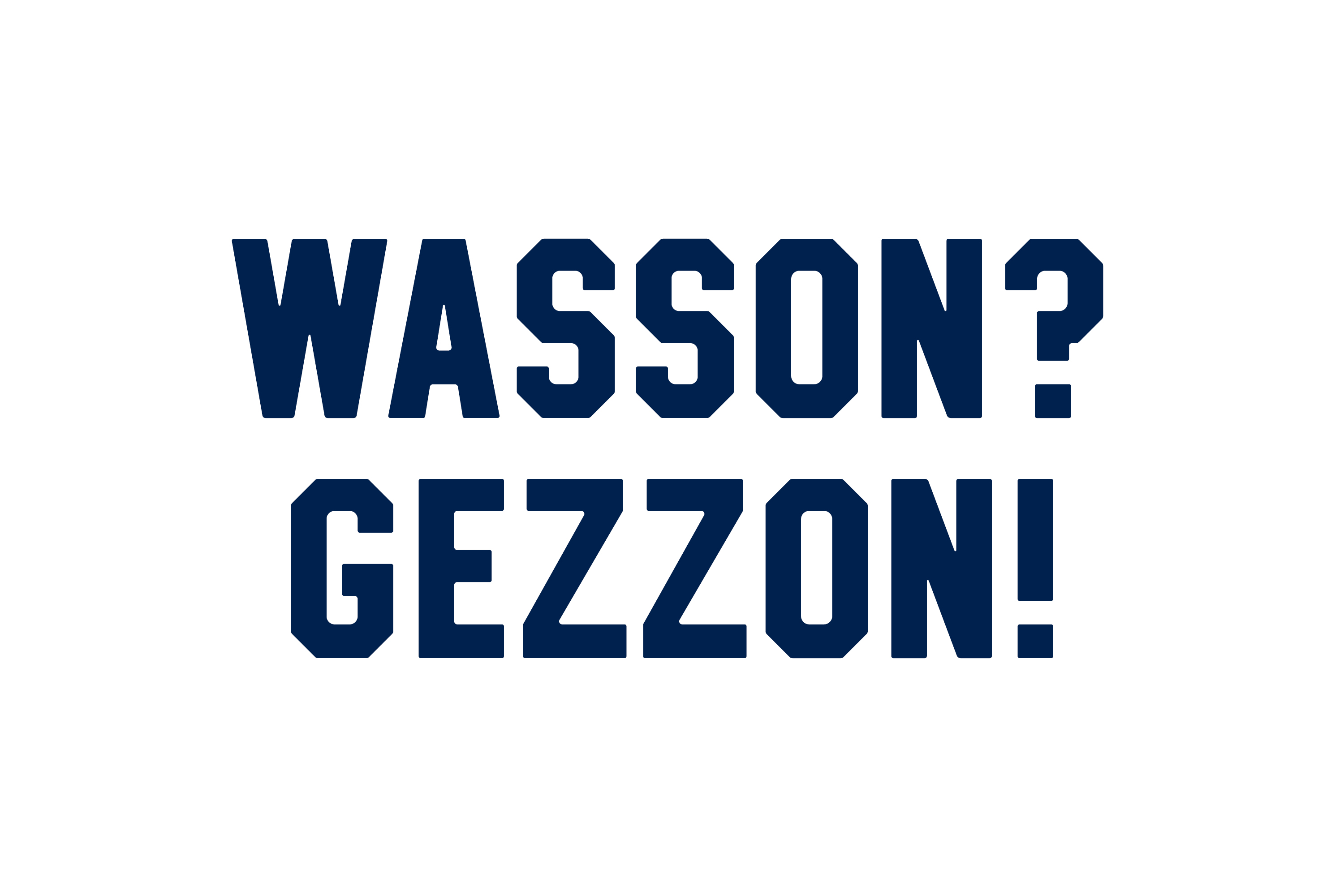
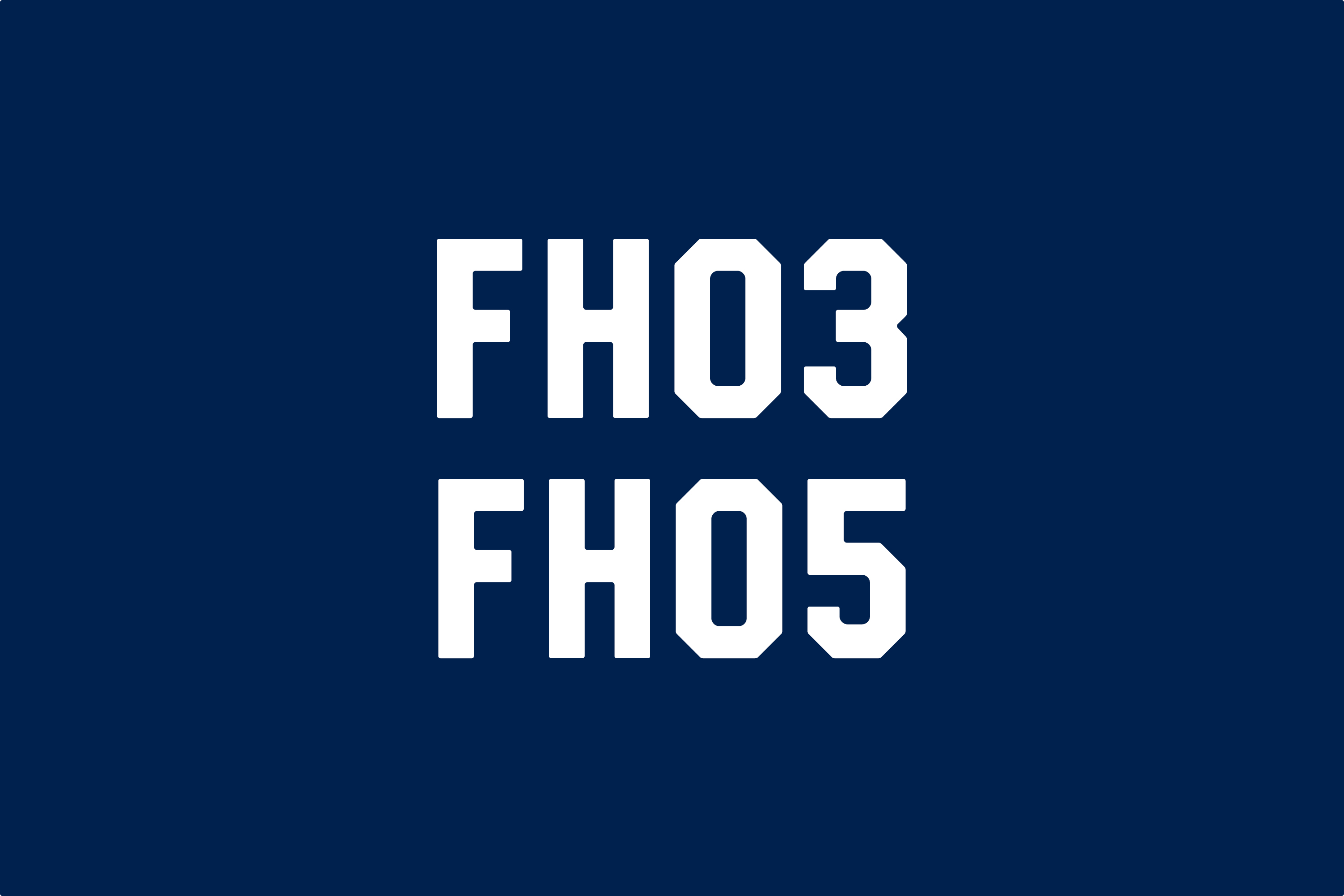
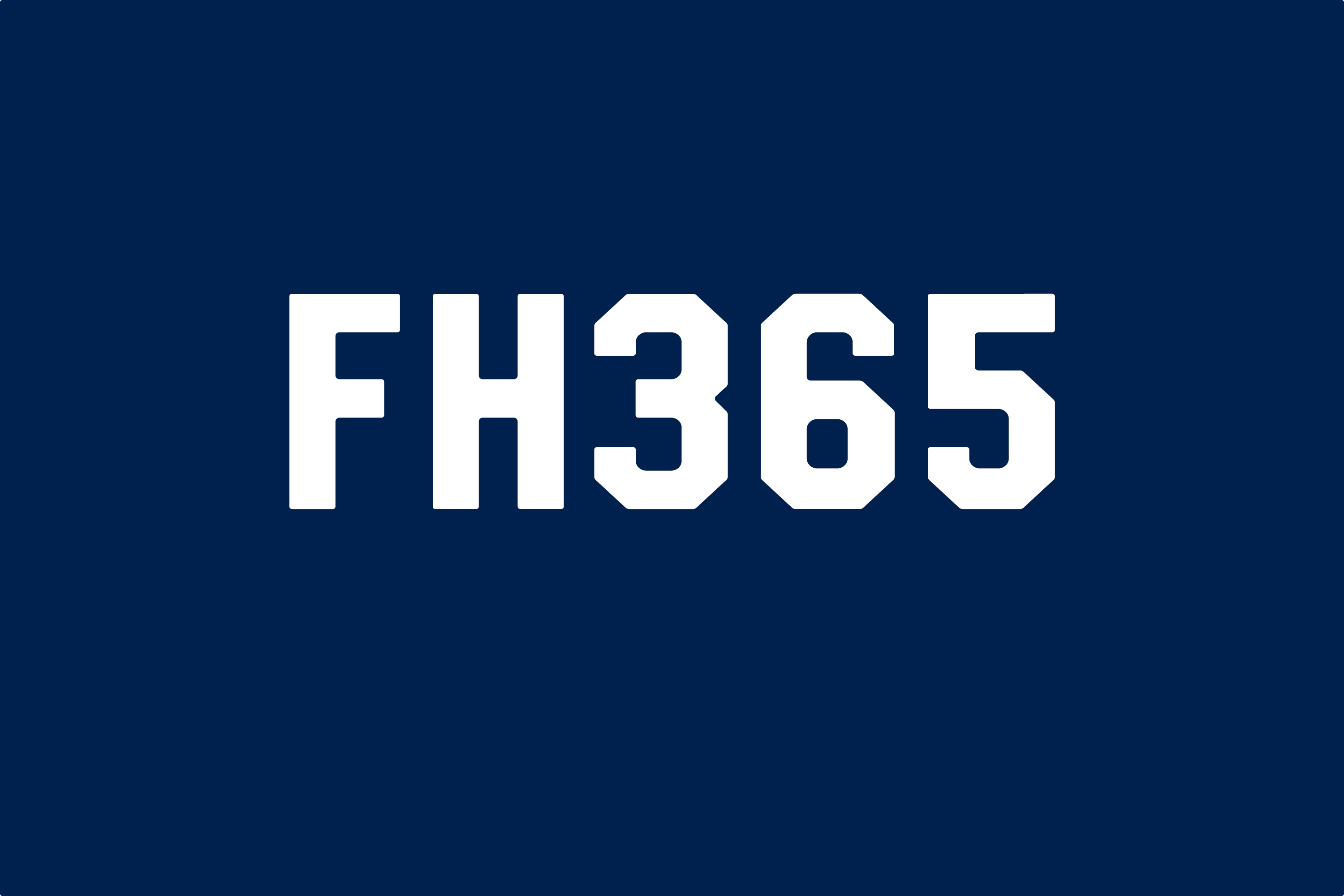
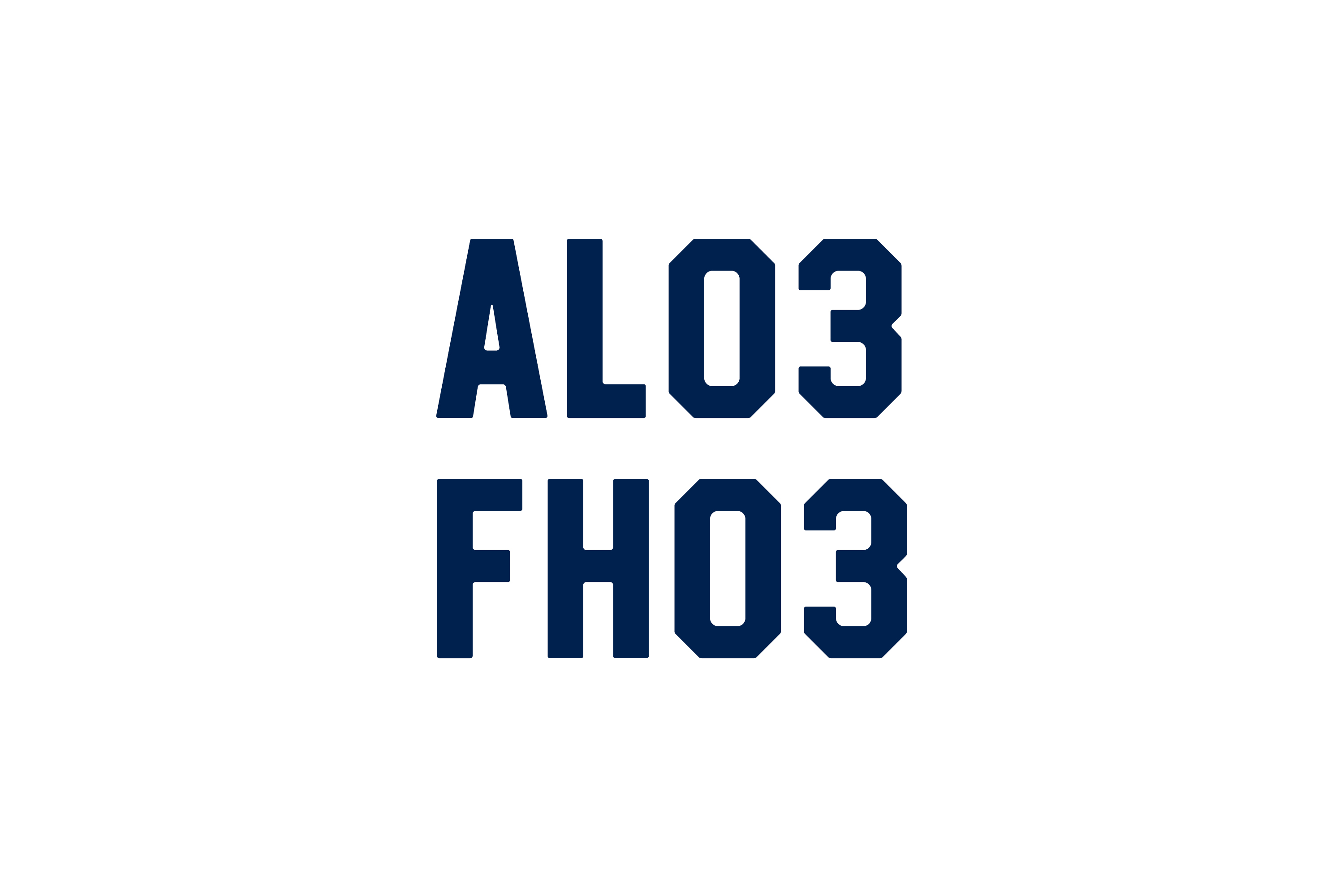
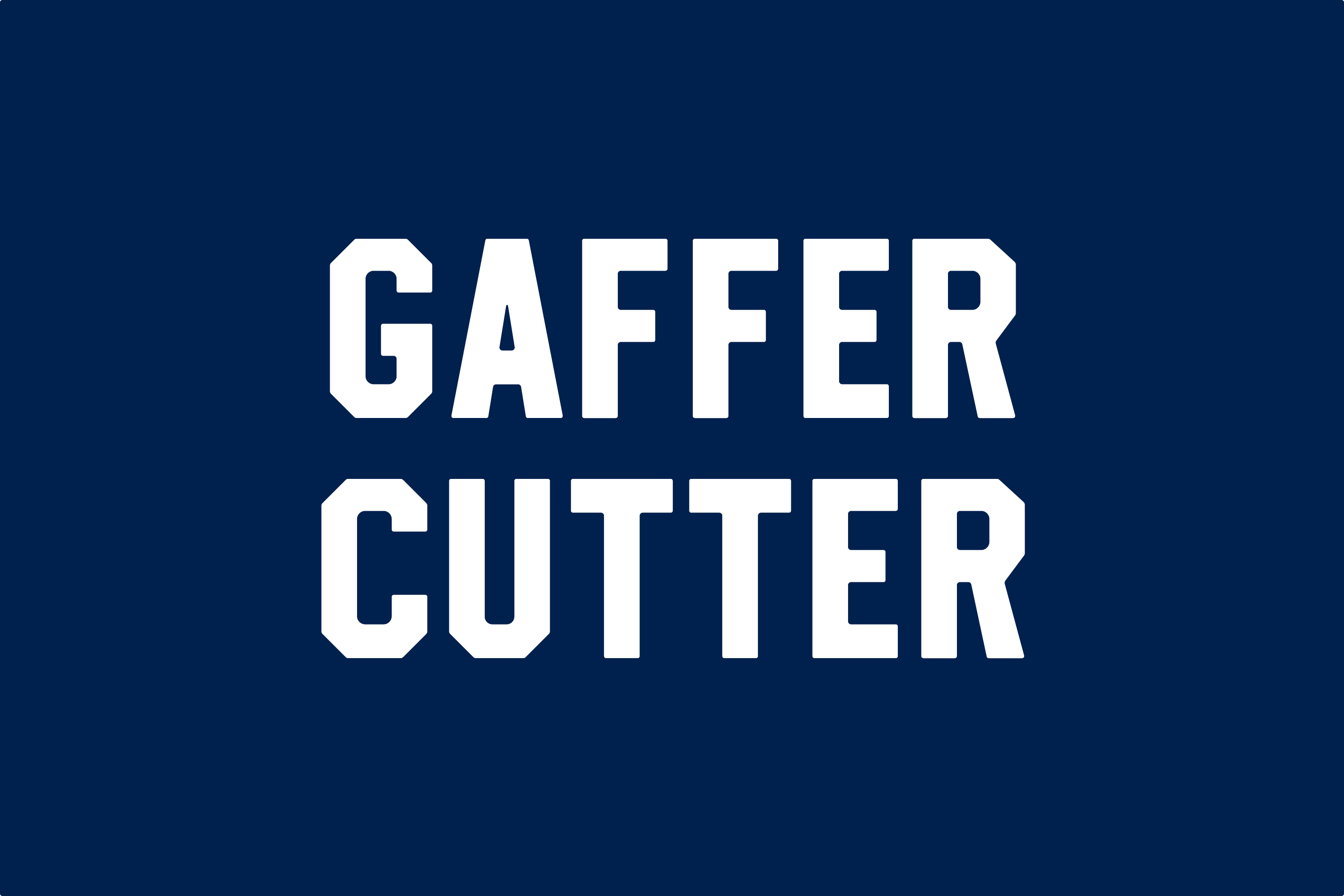
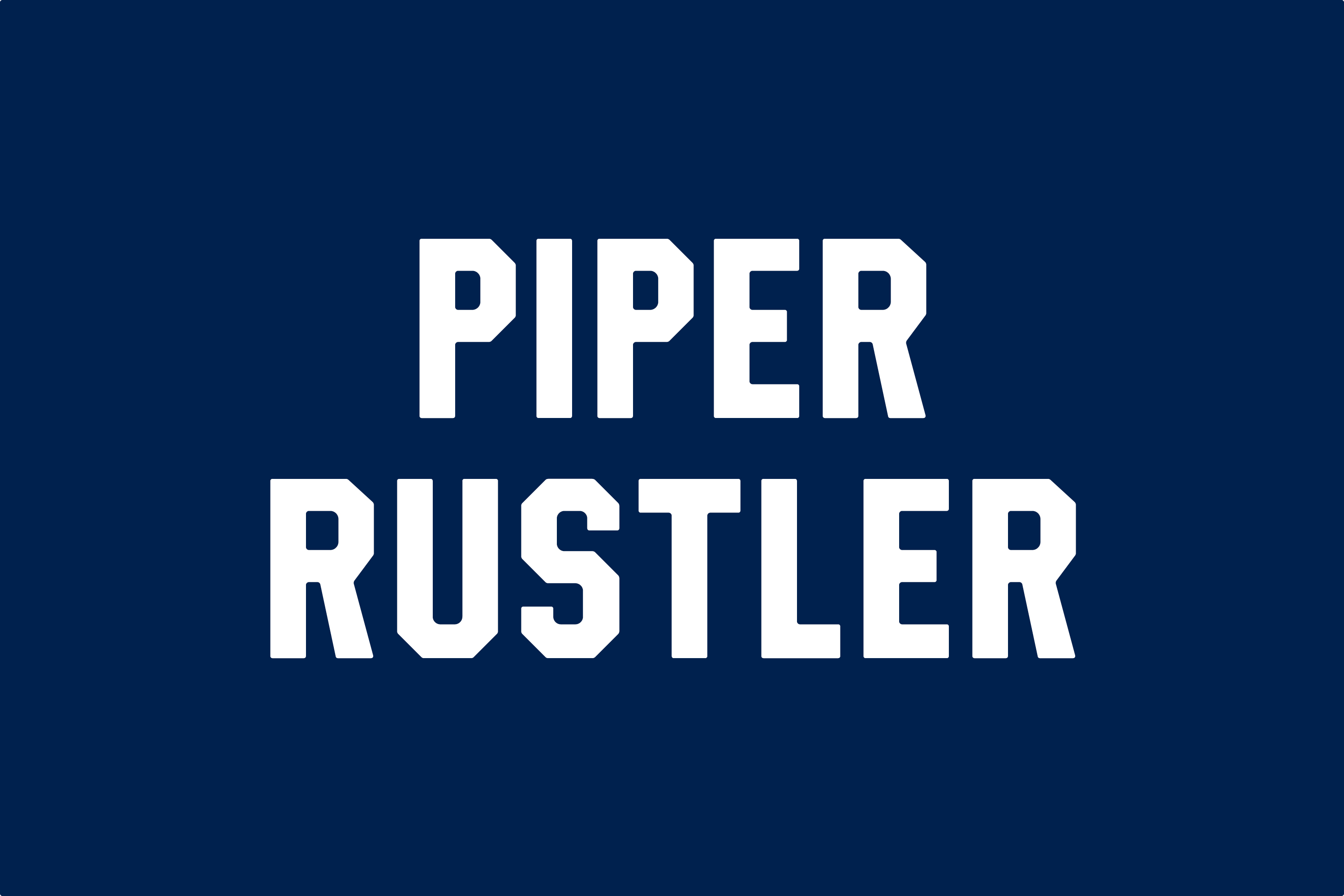
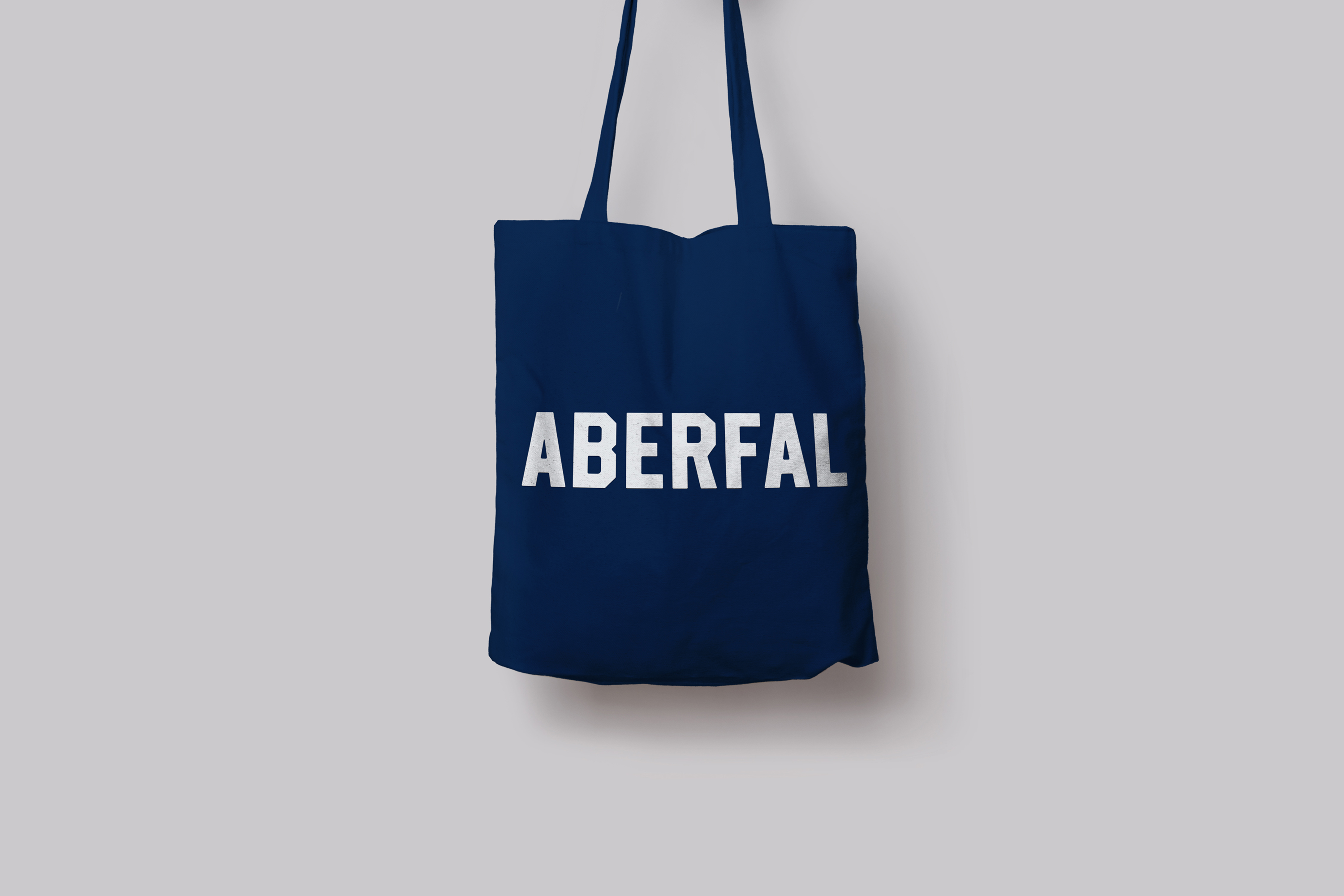
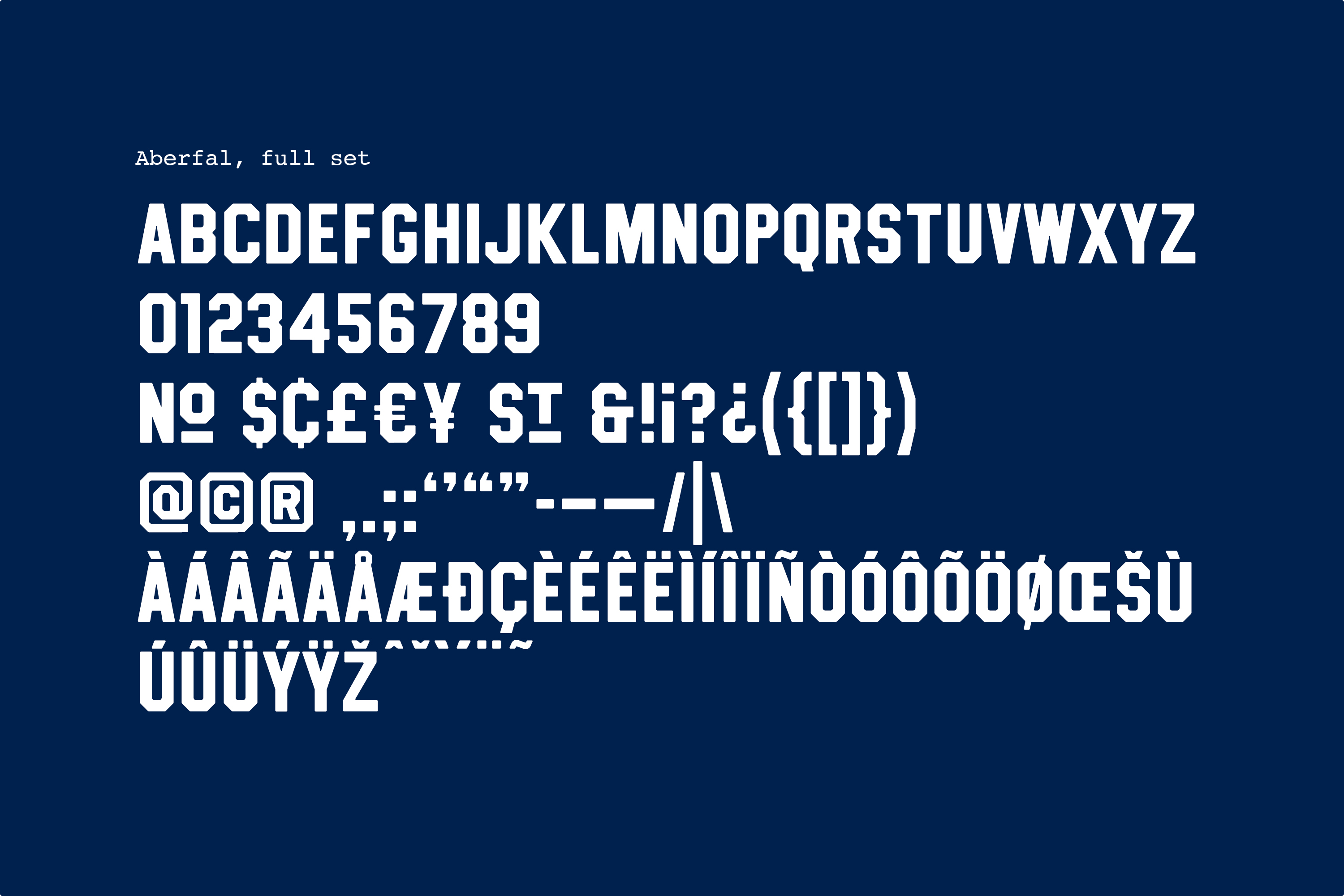
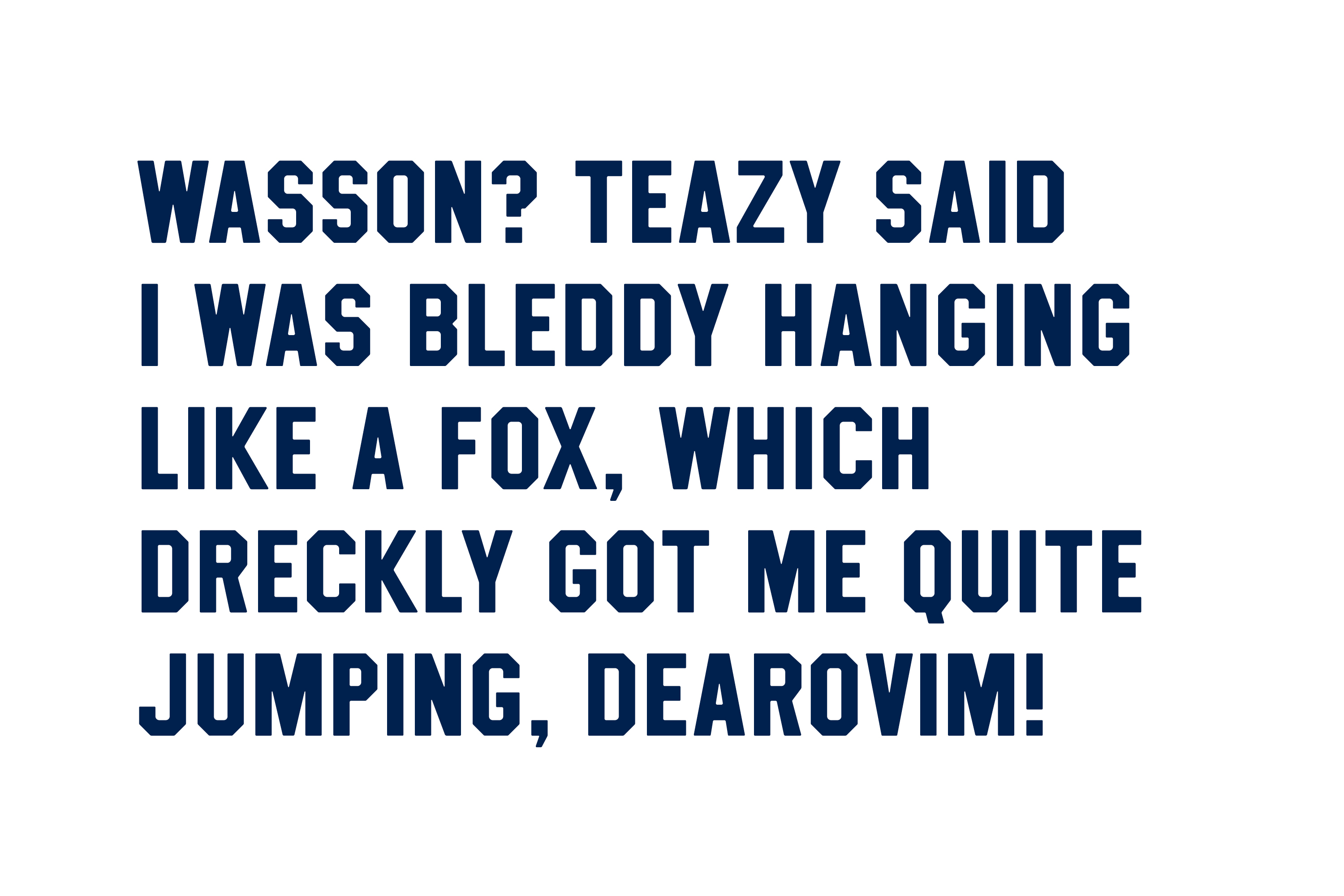
Services
Custom Type Design
Research
Project Management
Credits
Design © Two
Related Projects